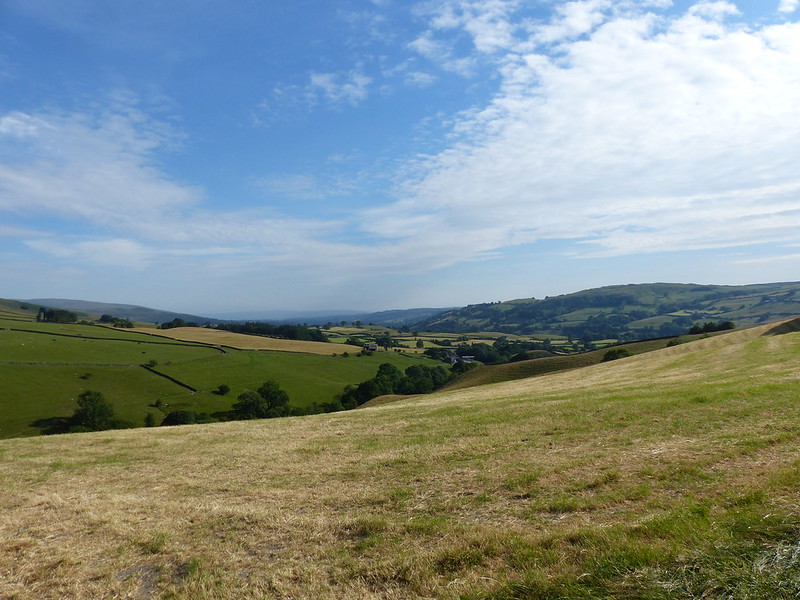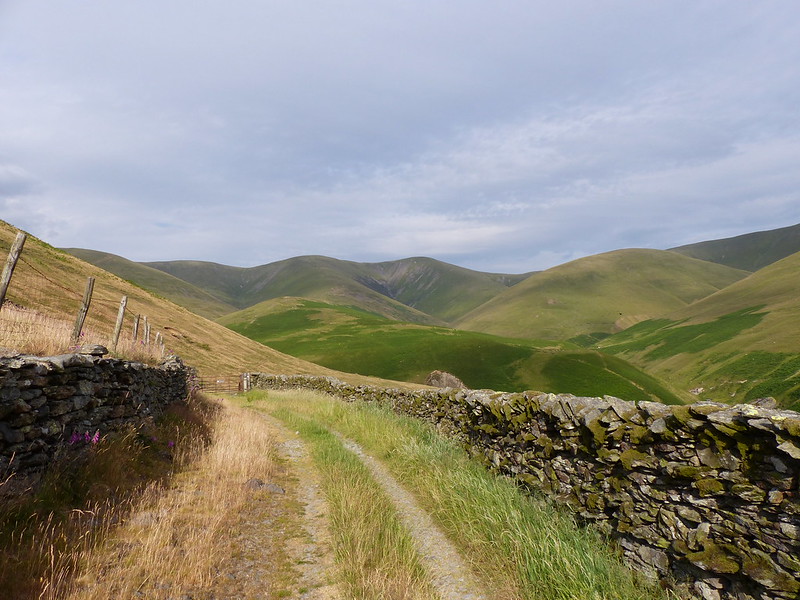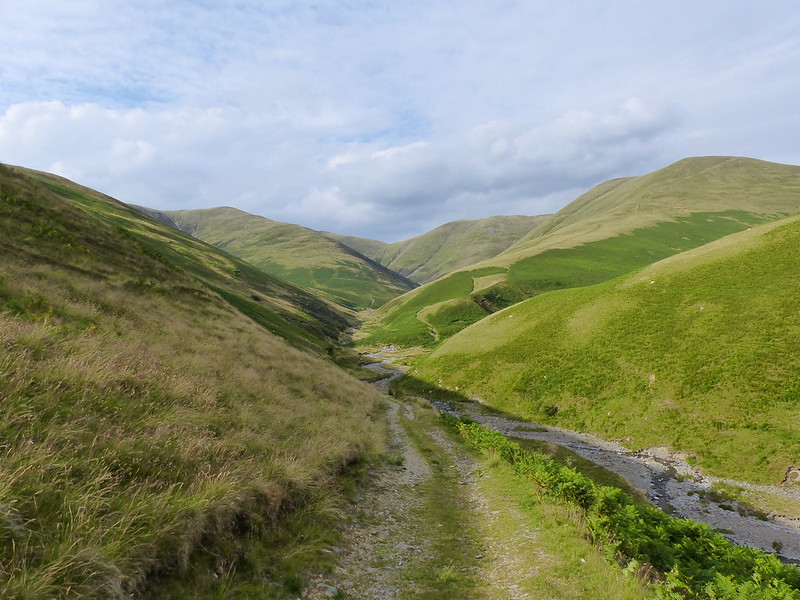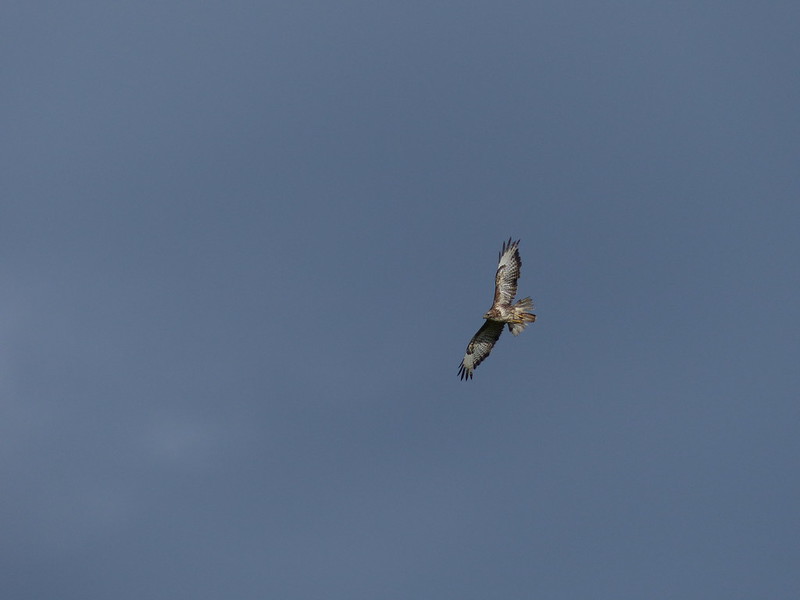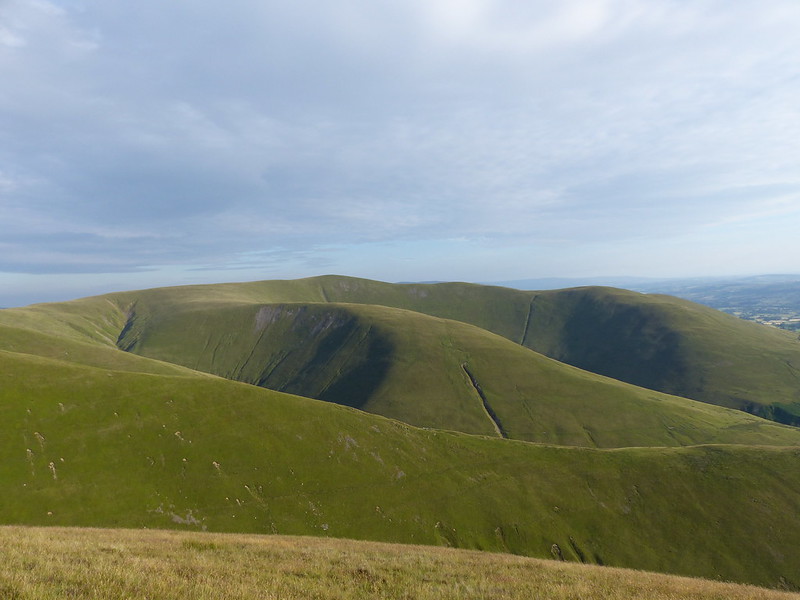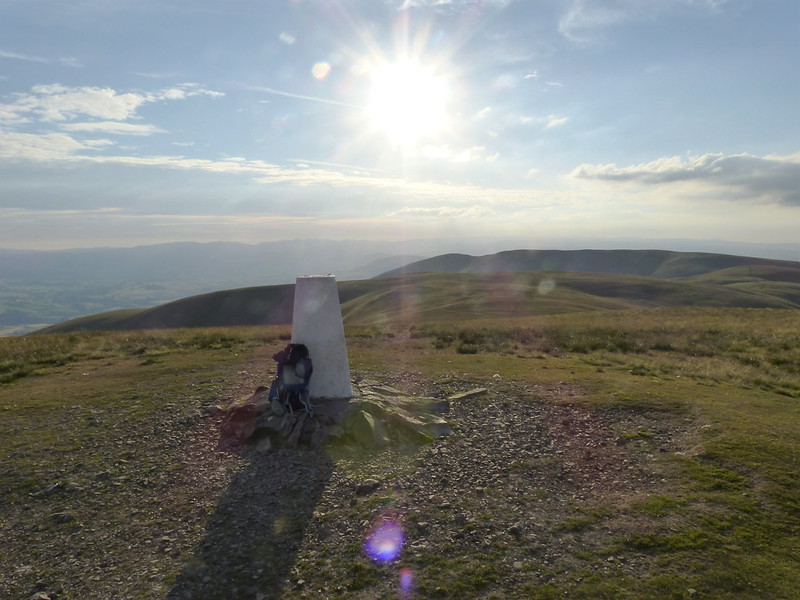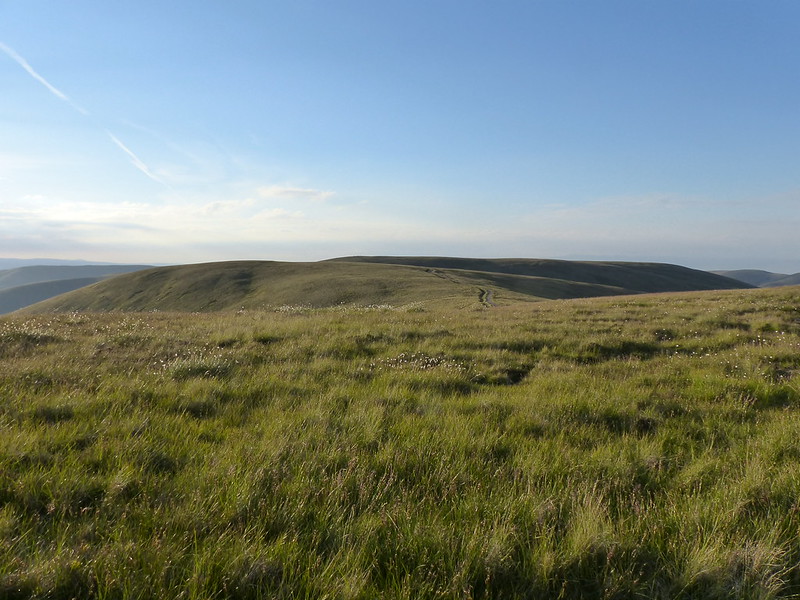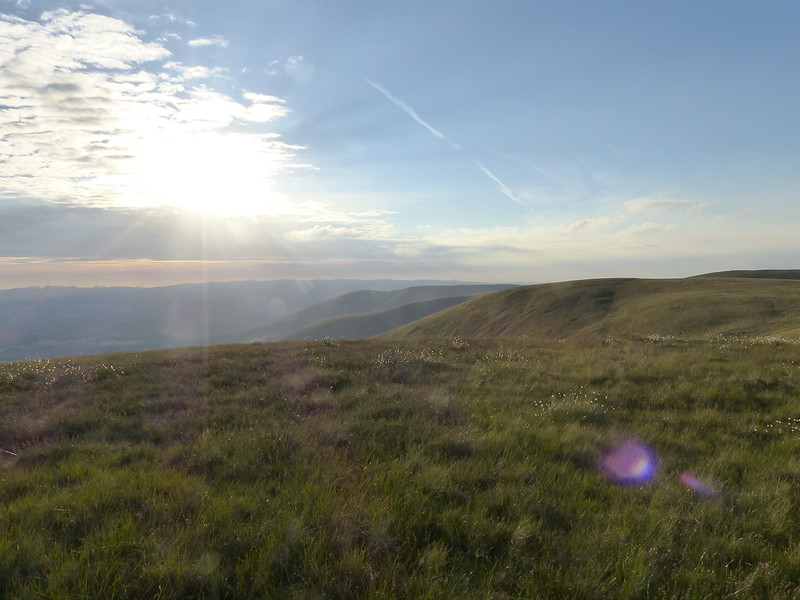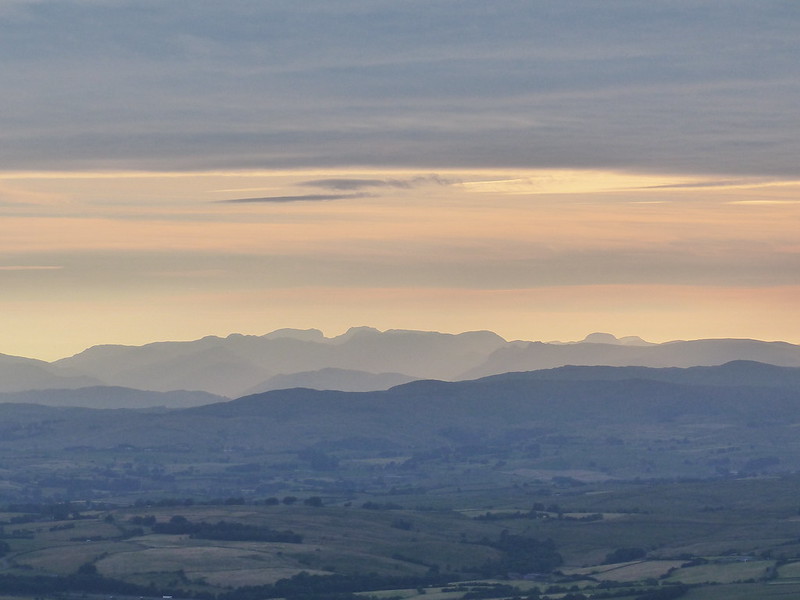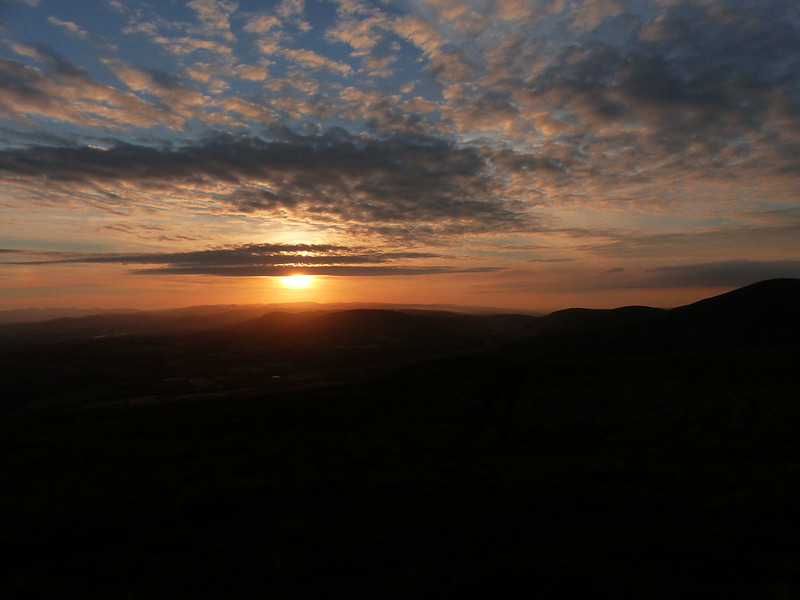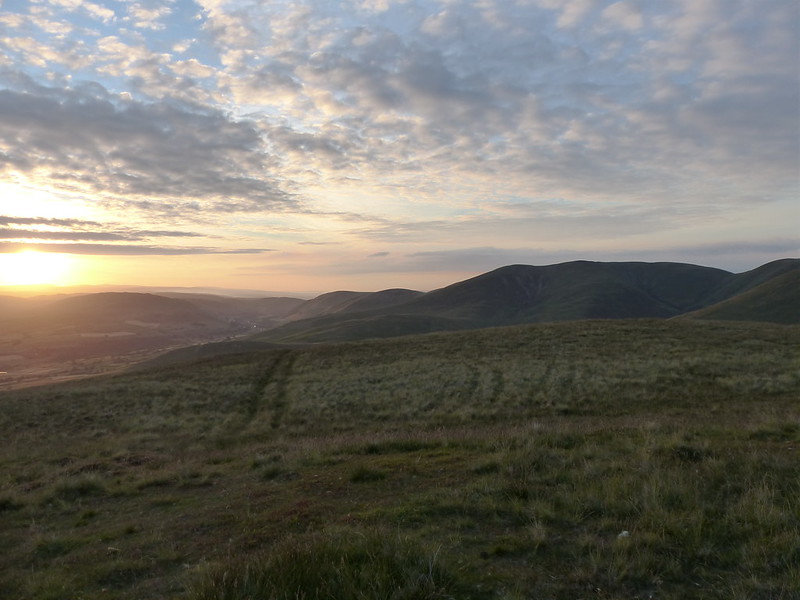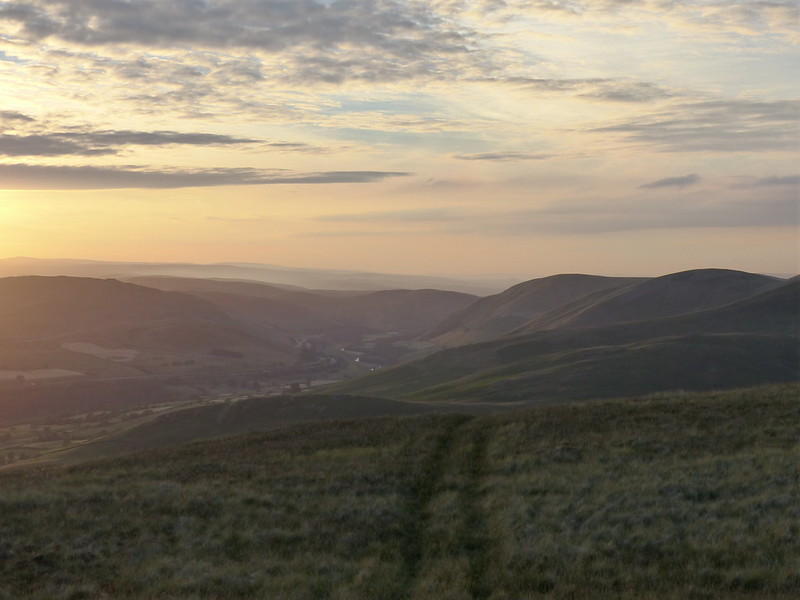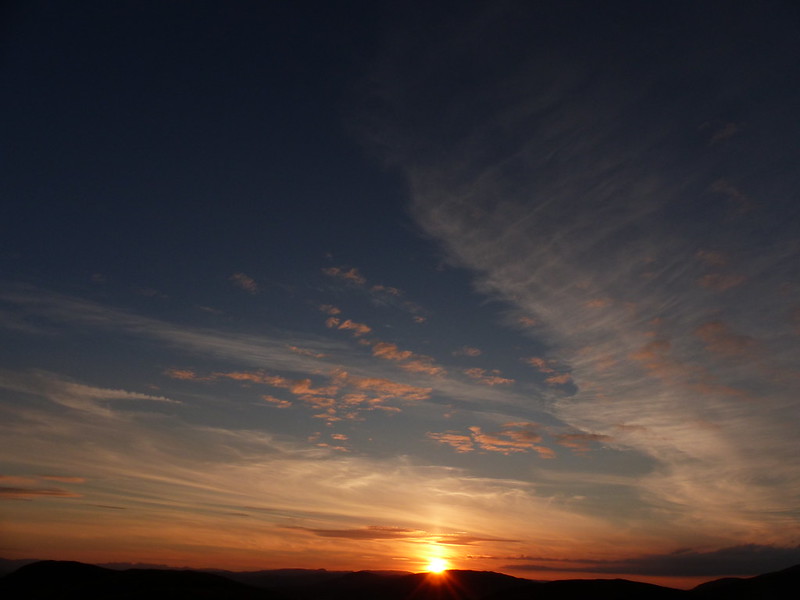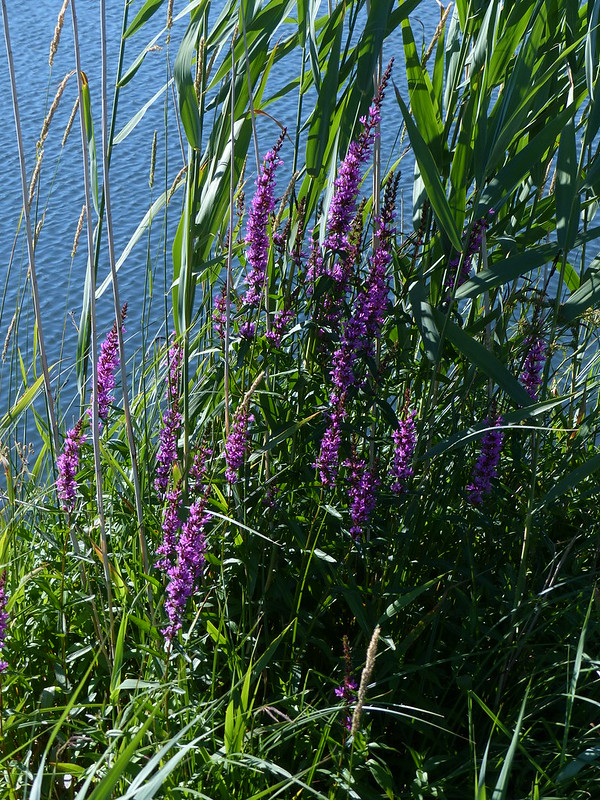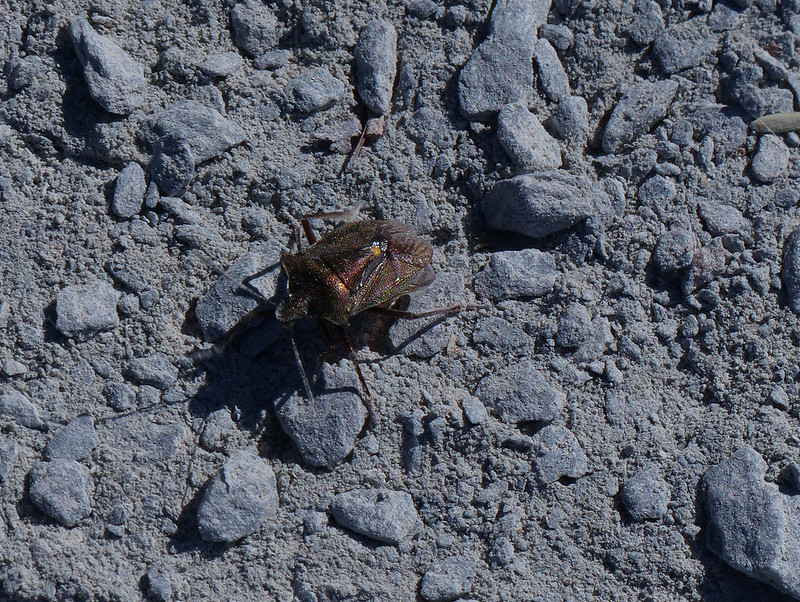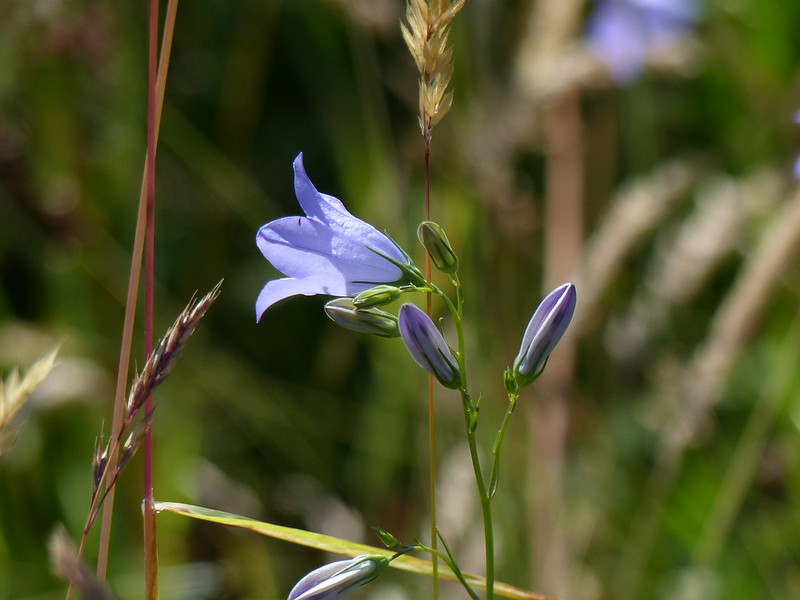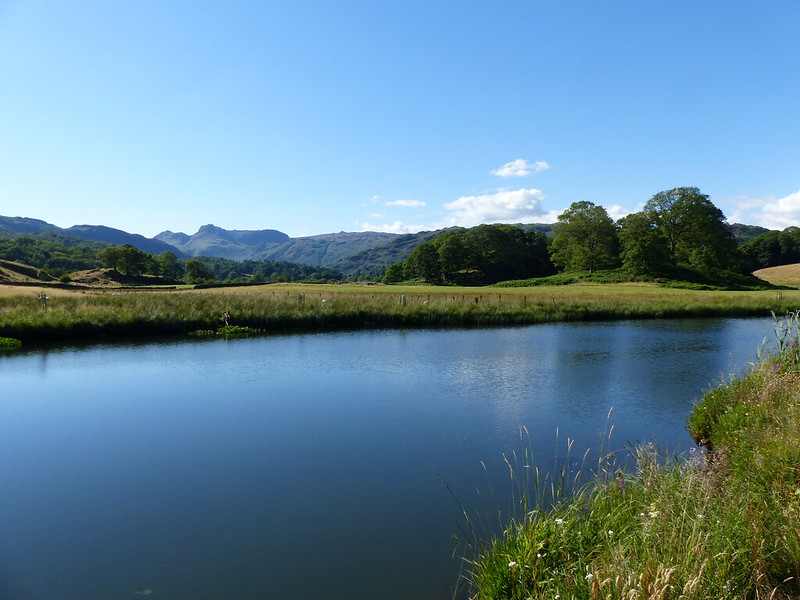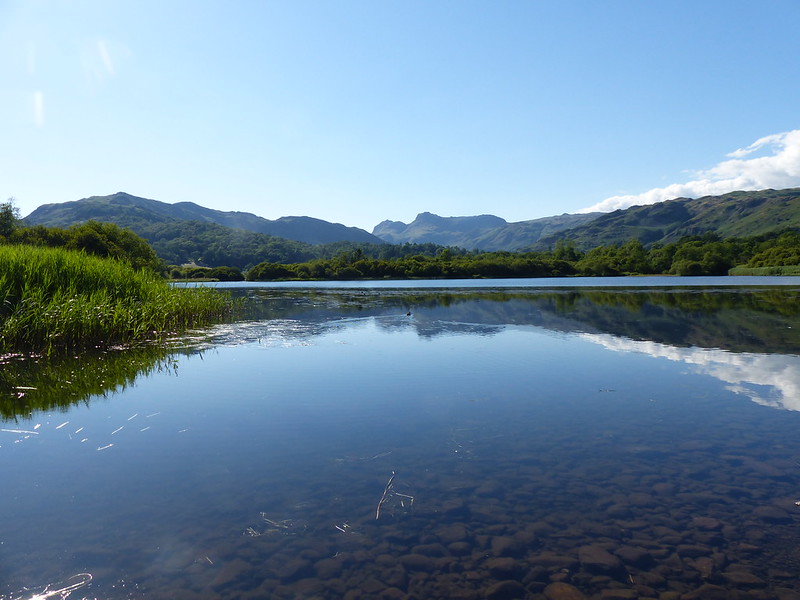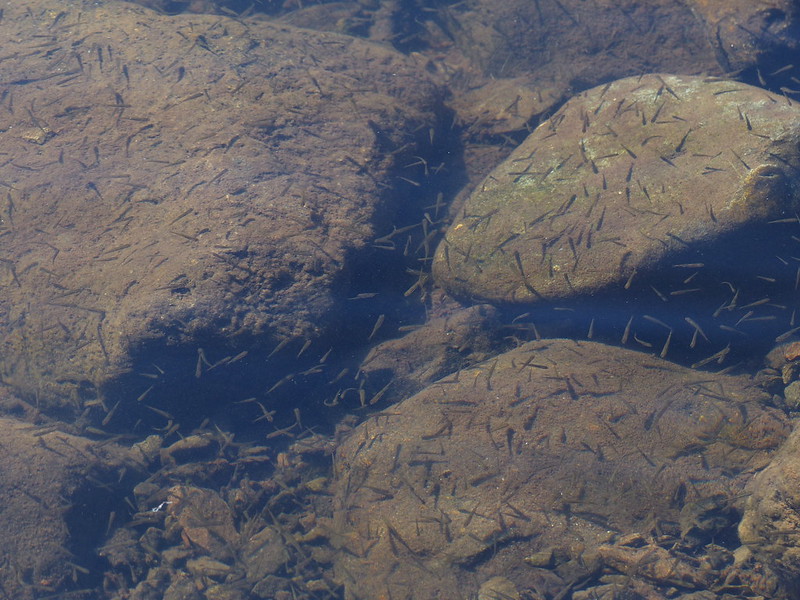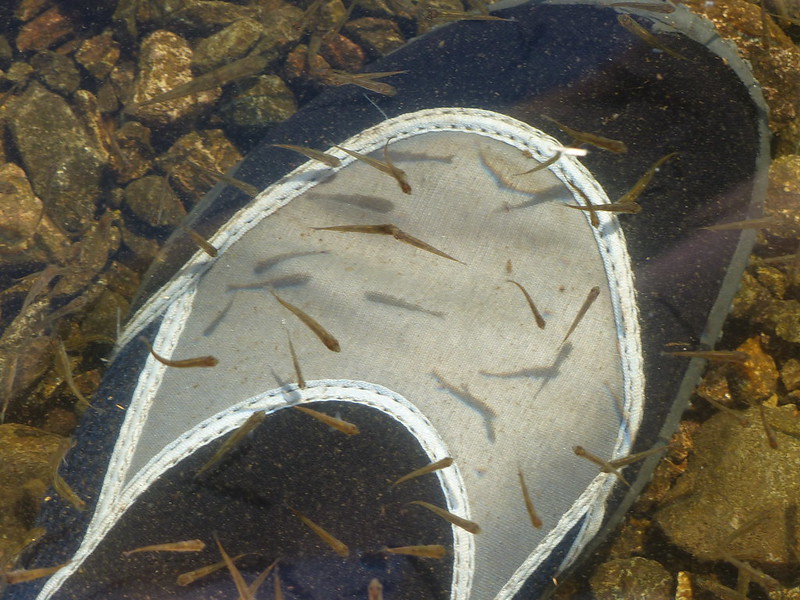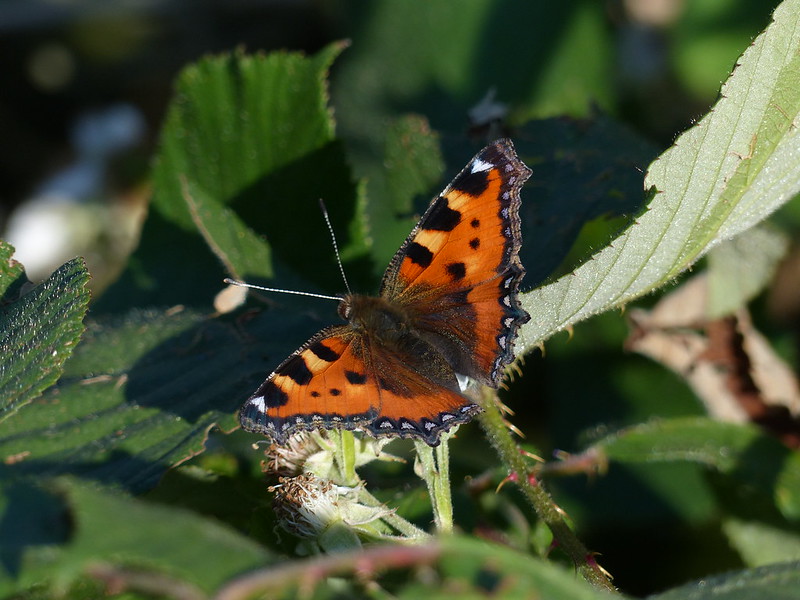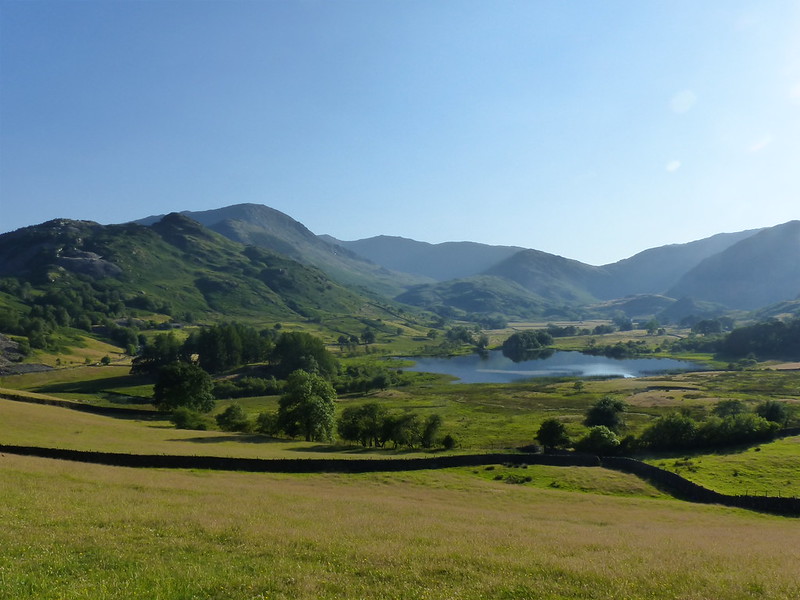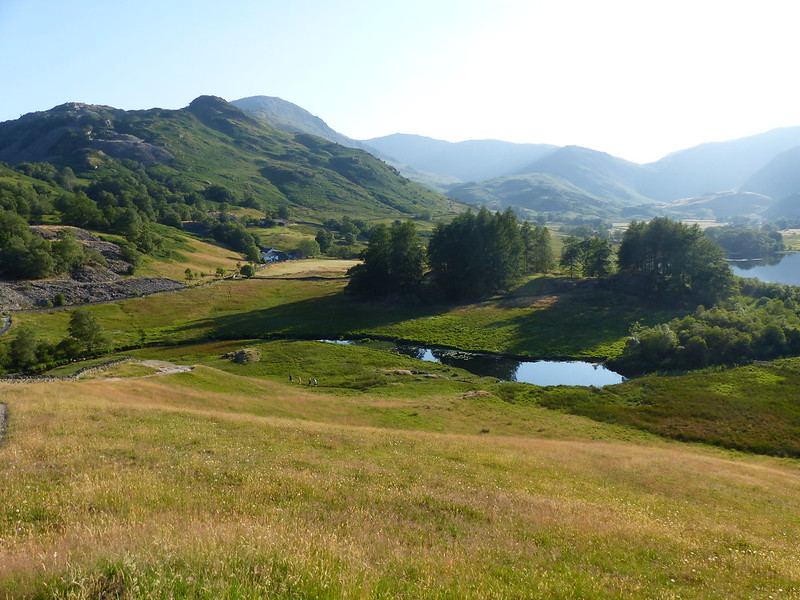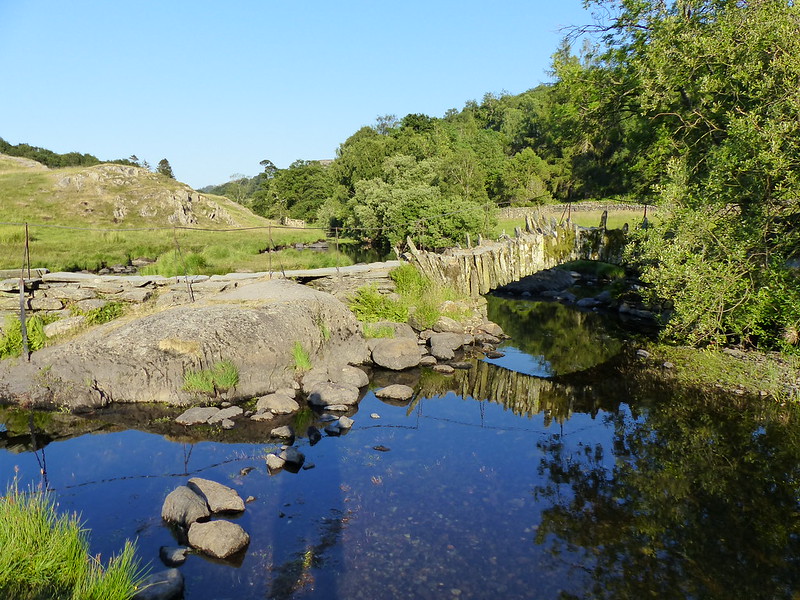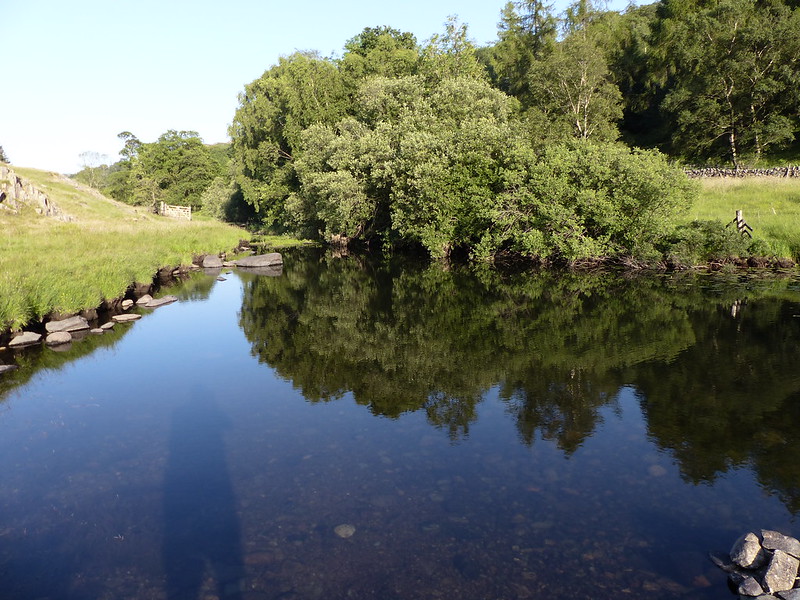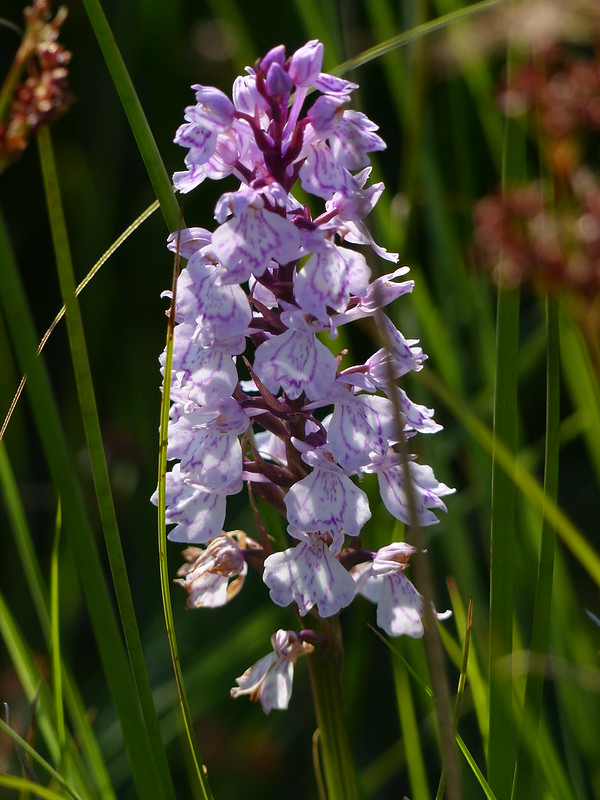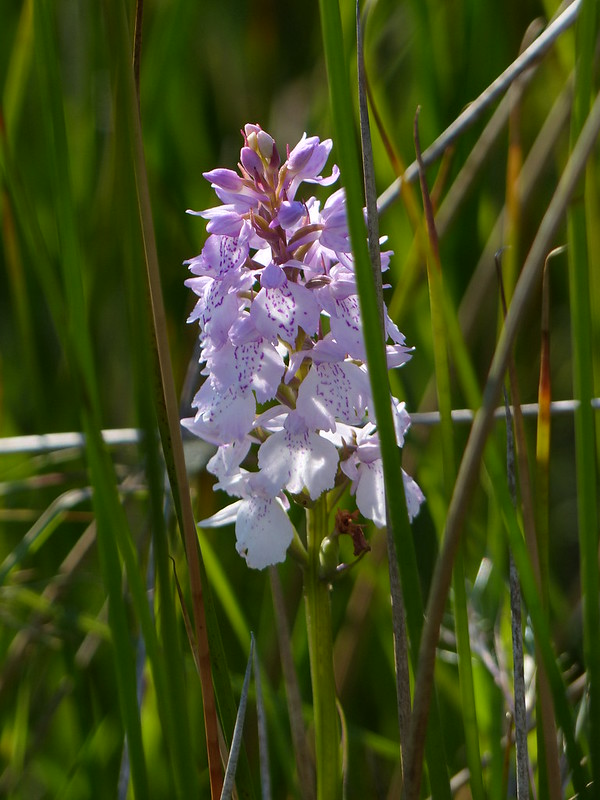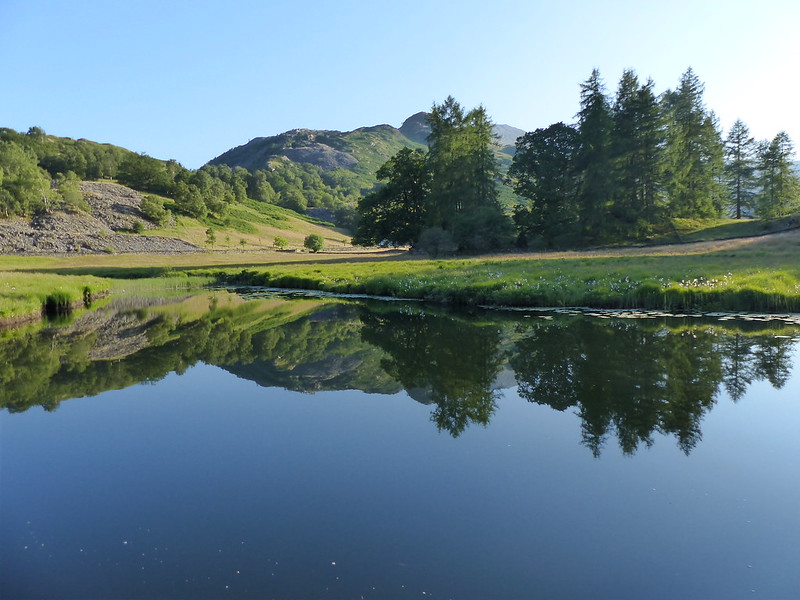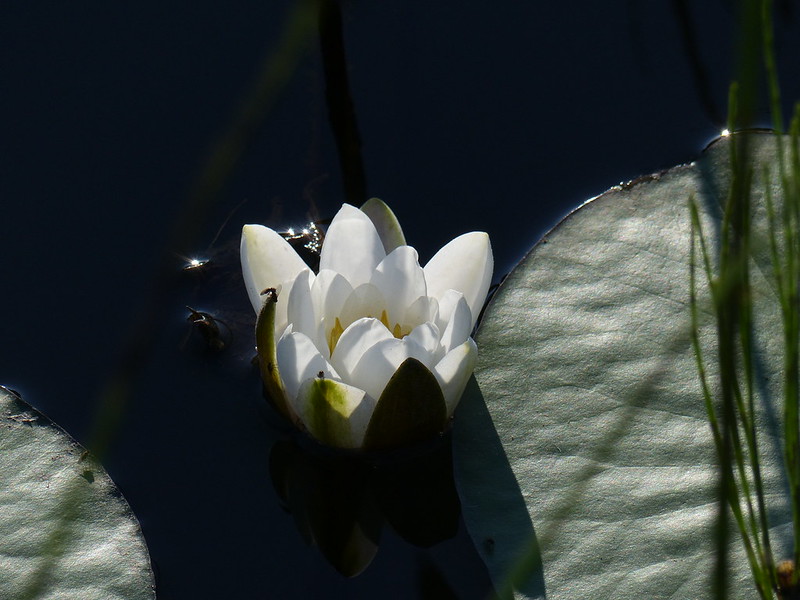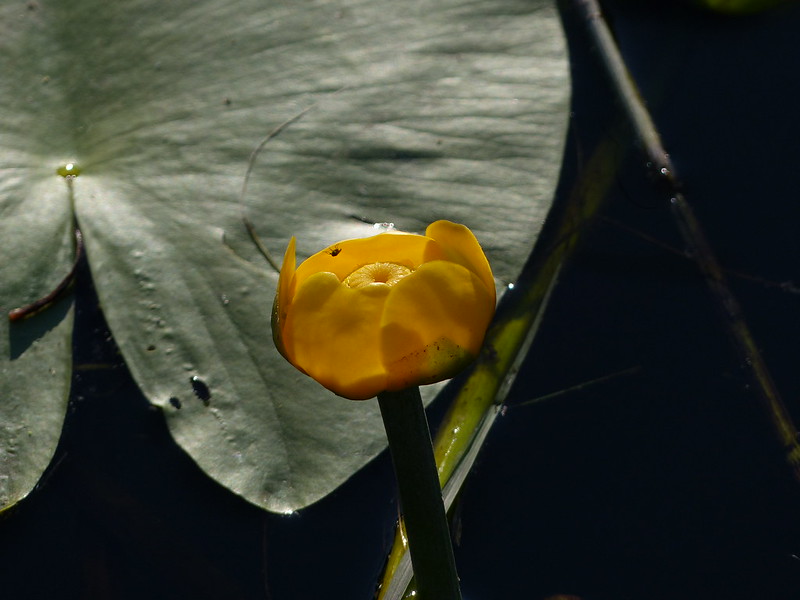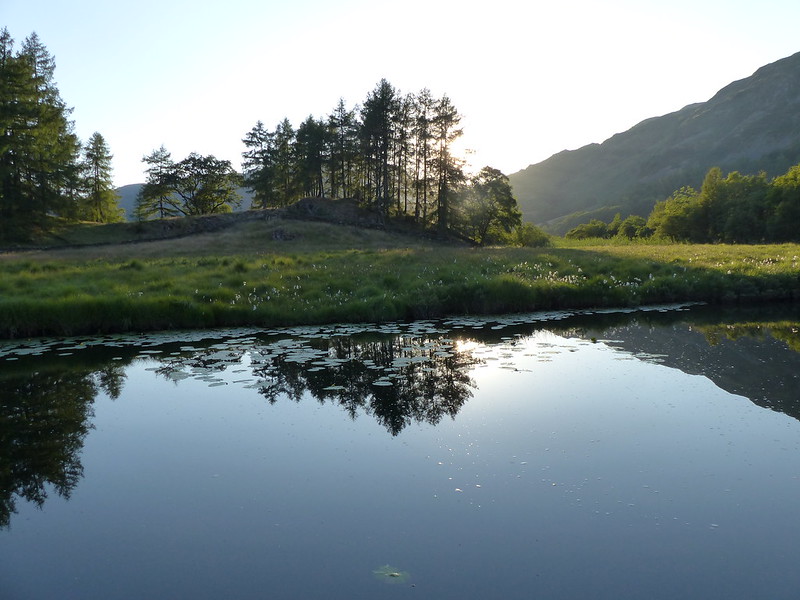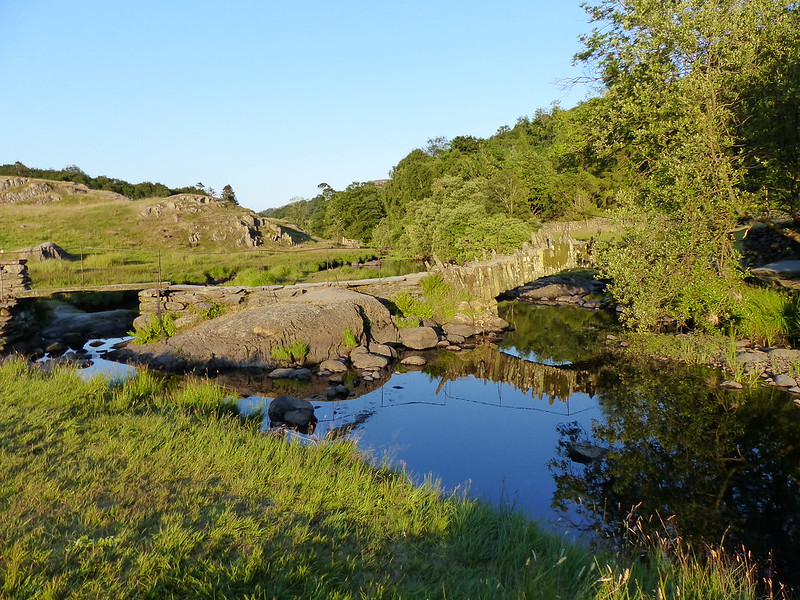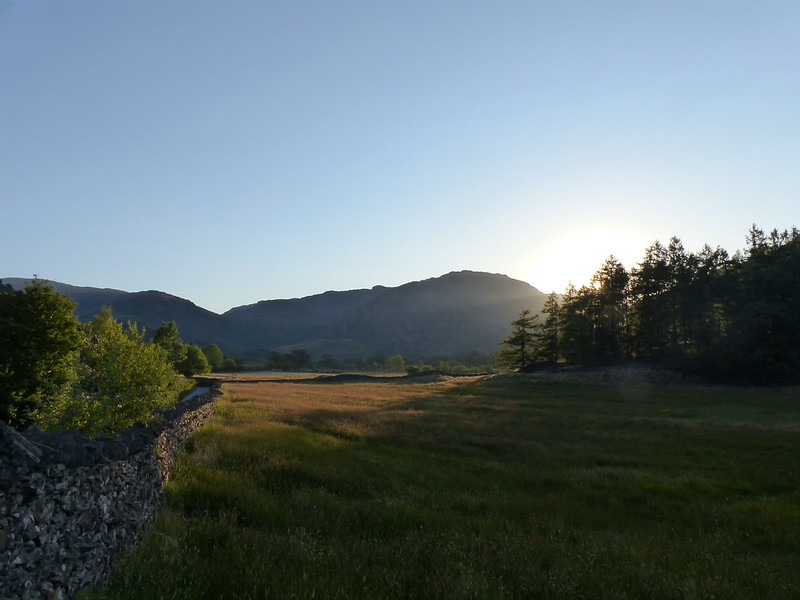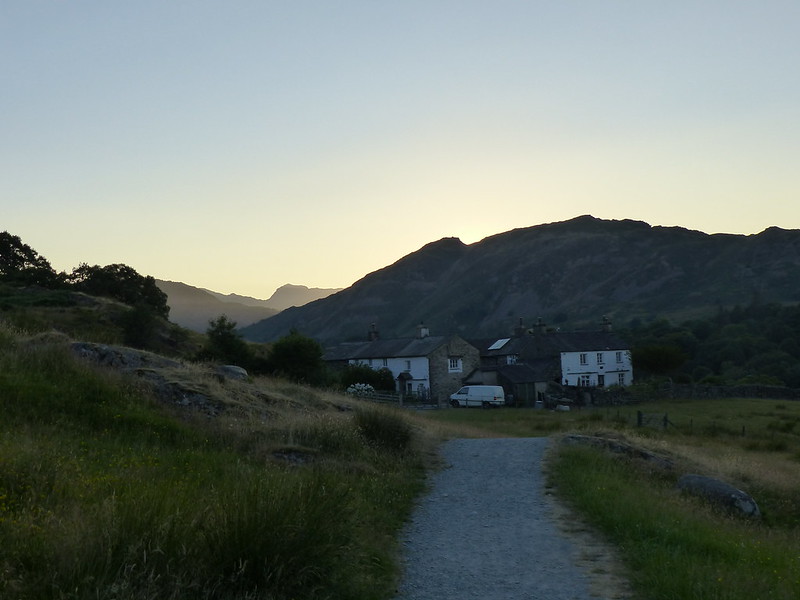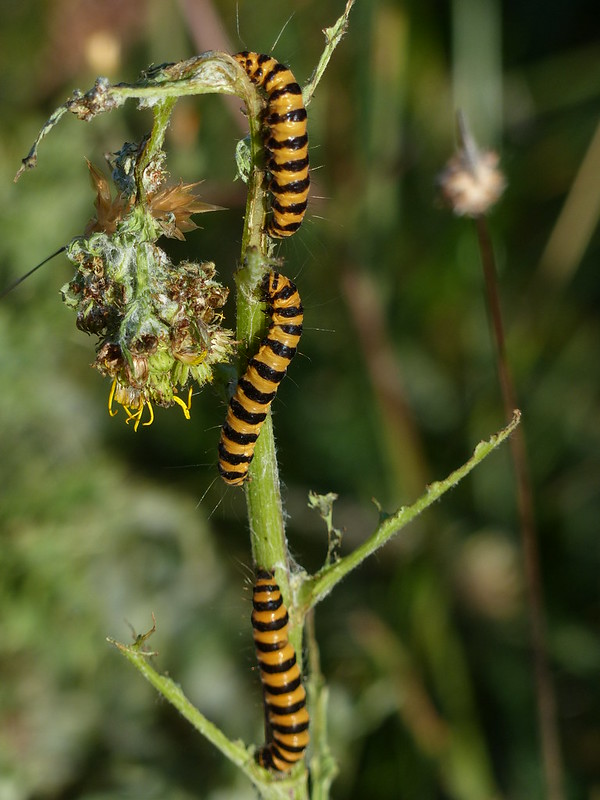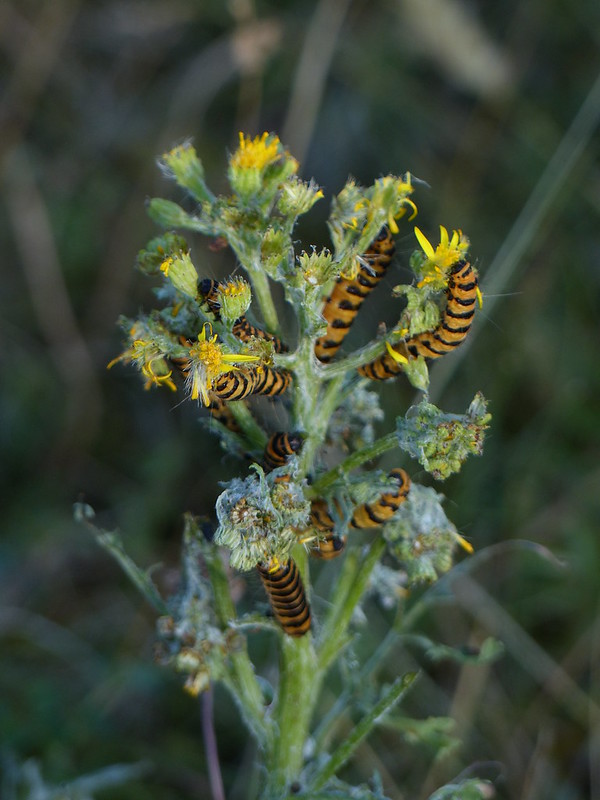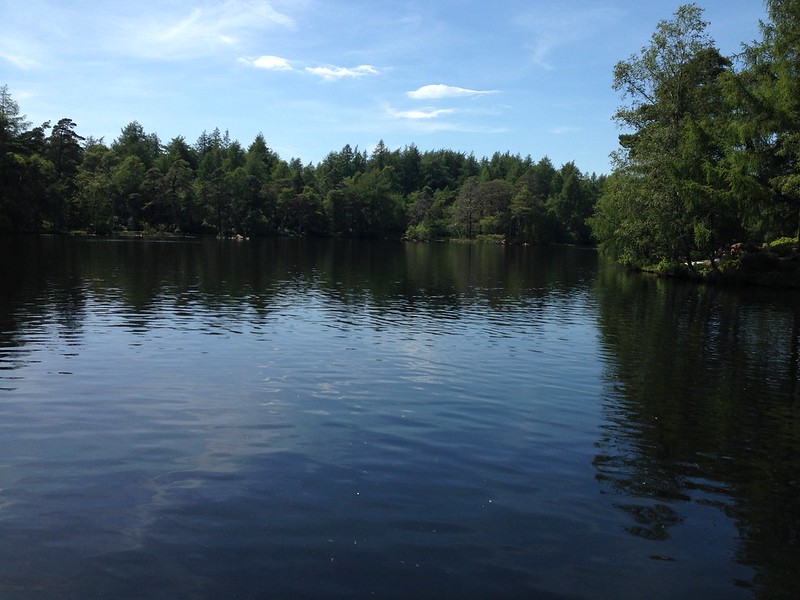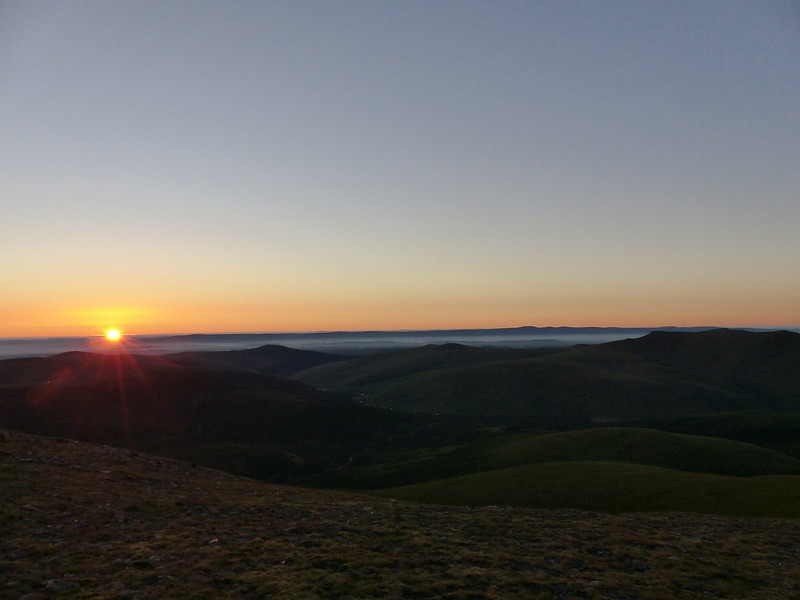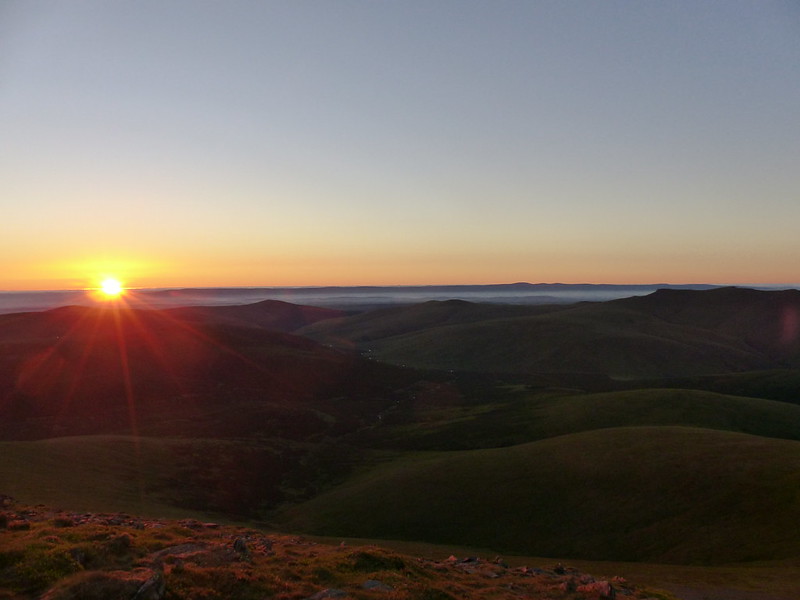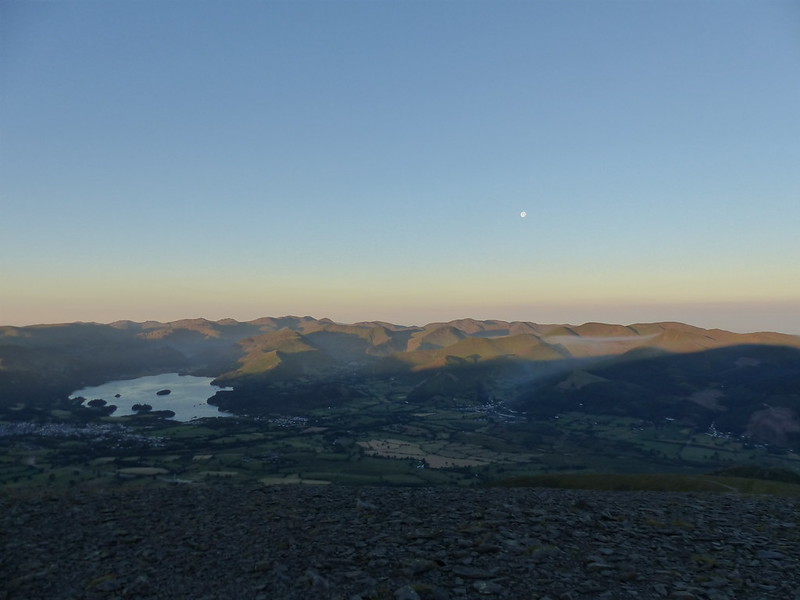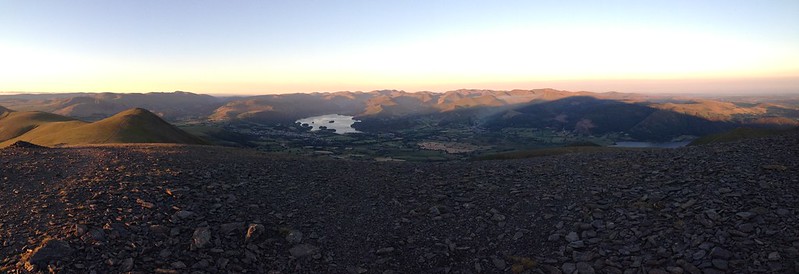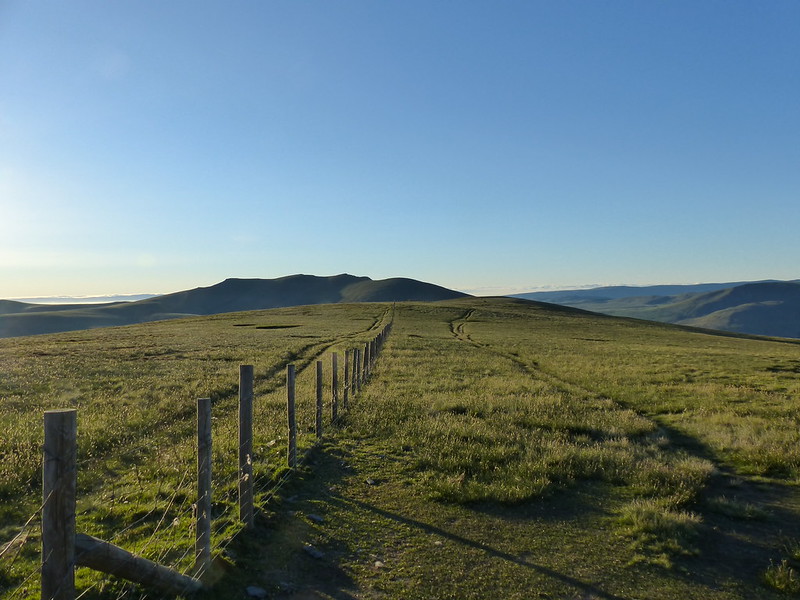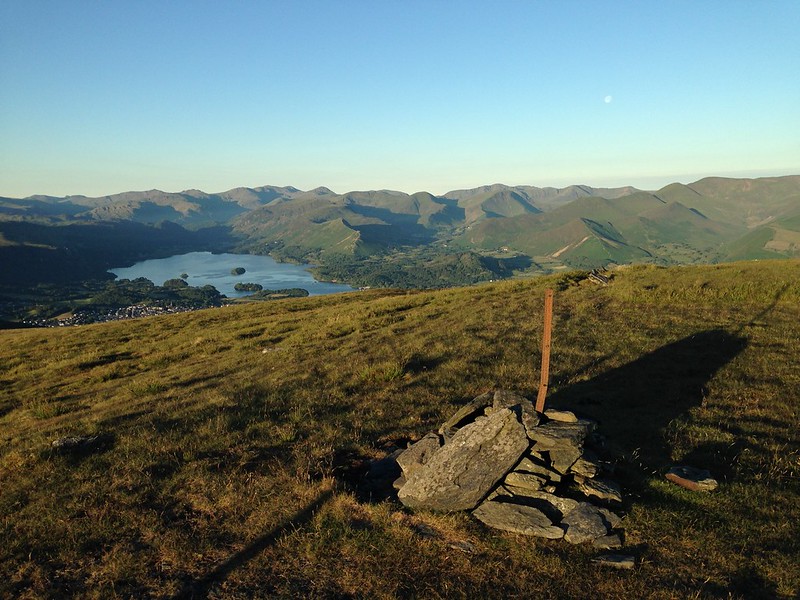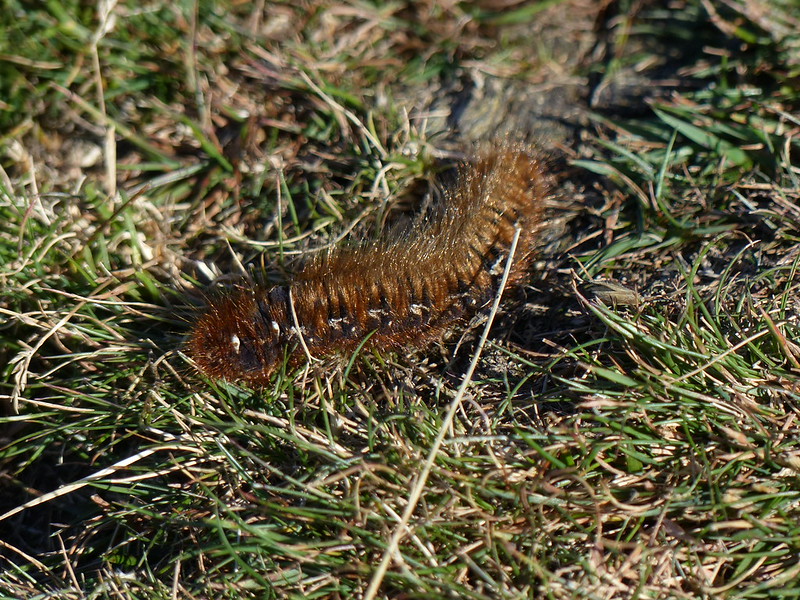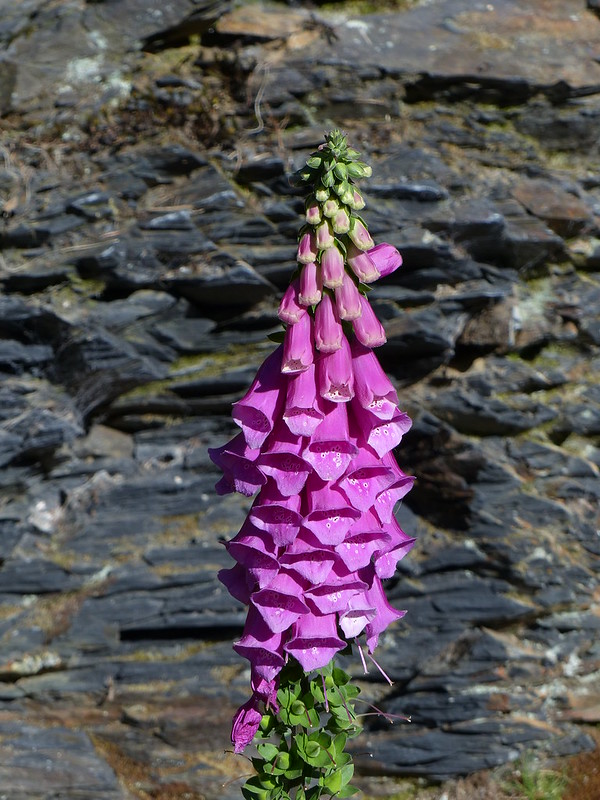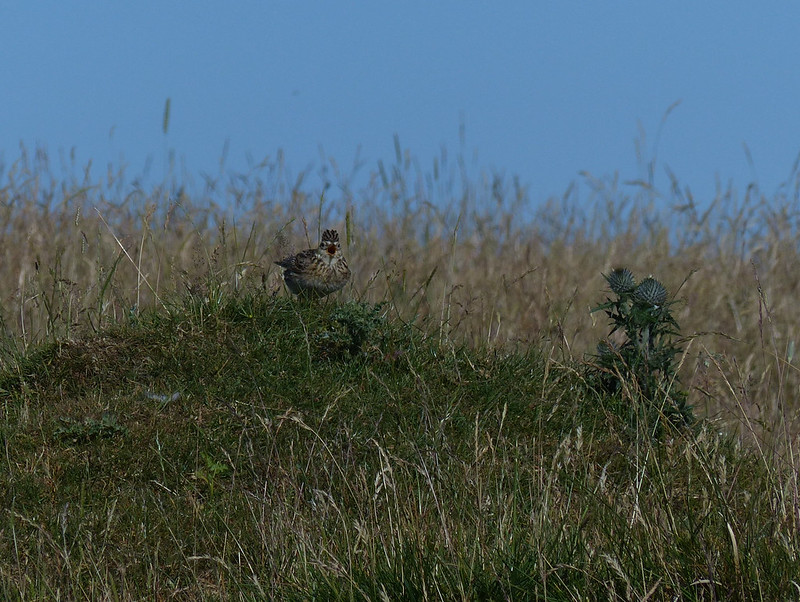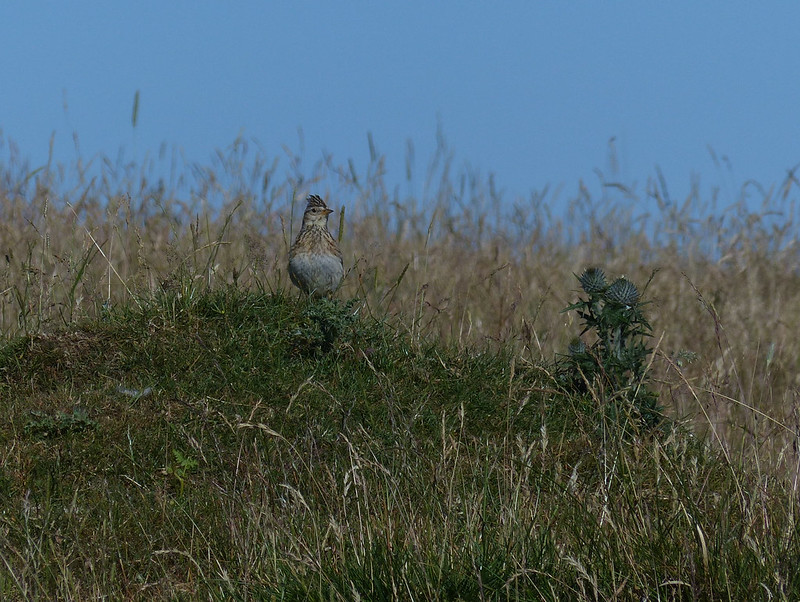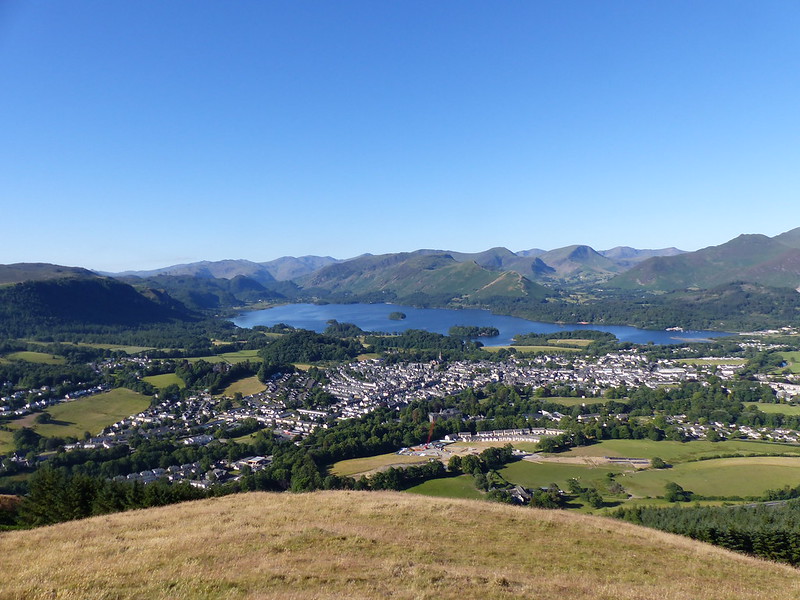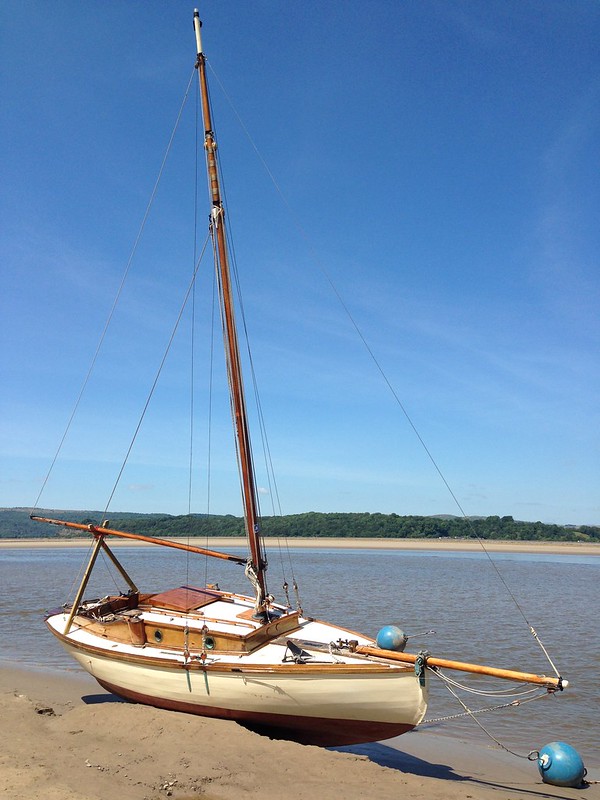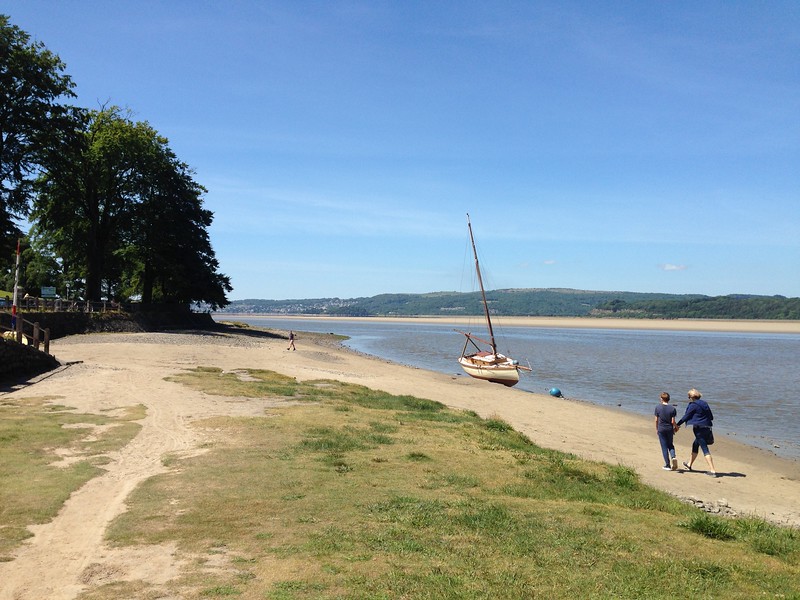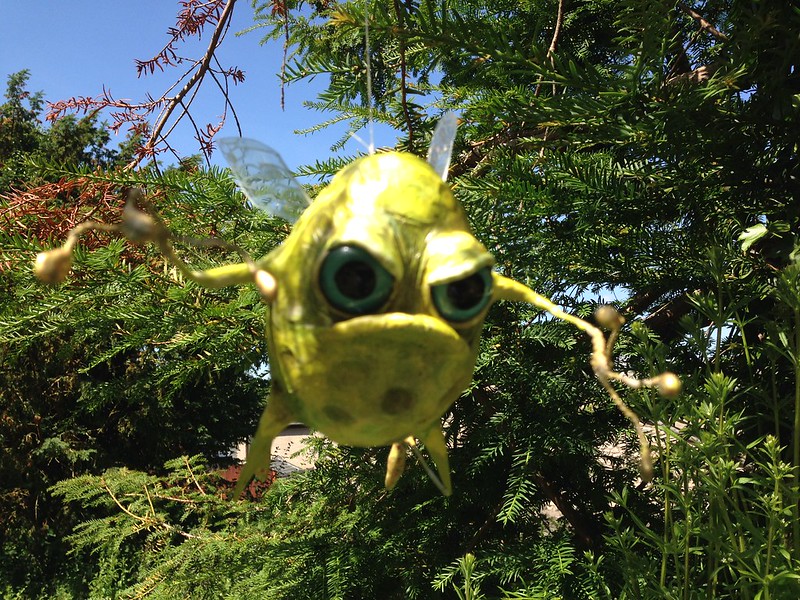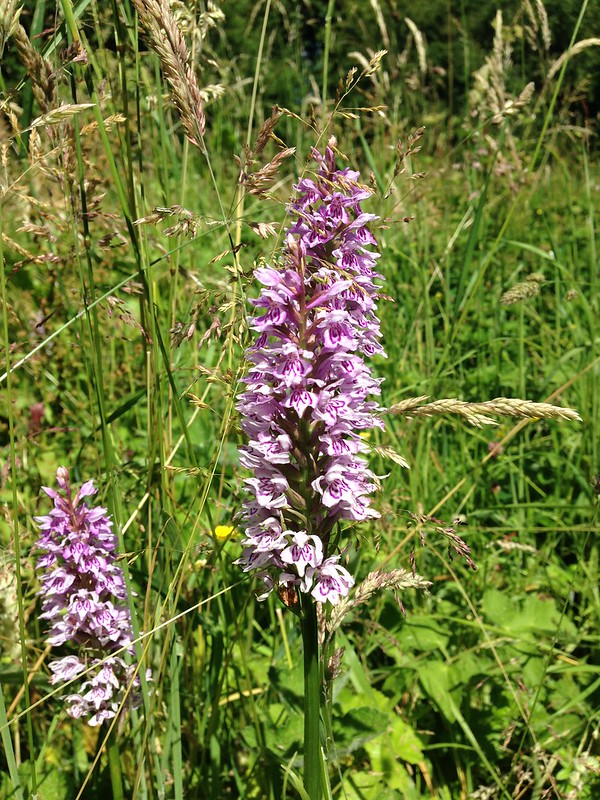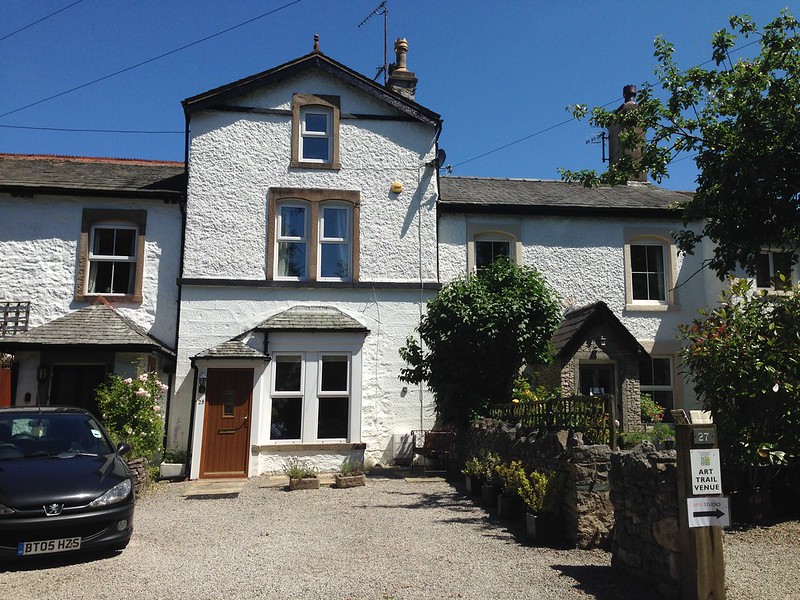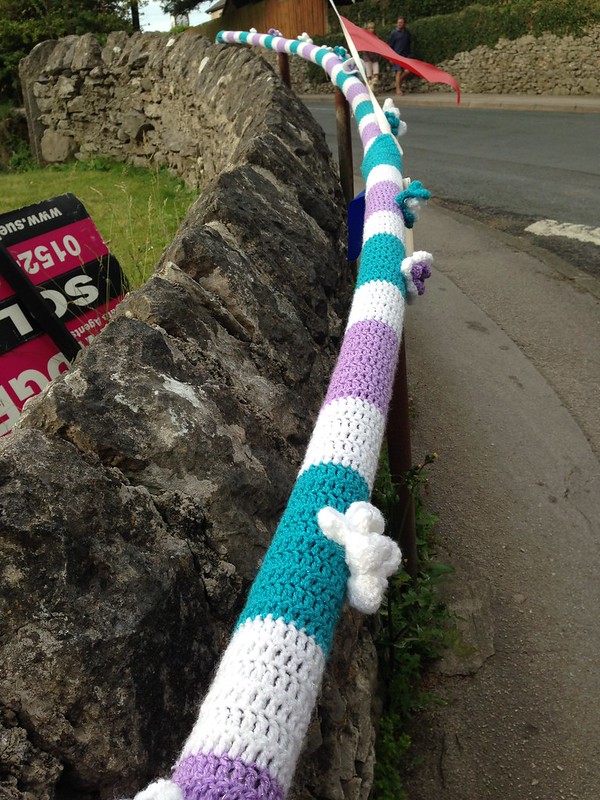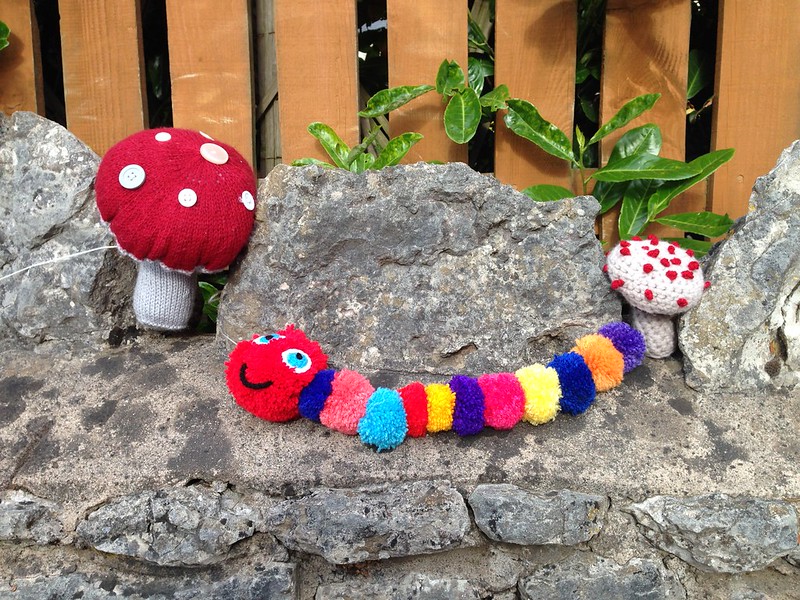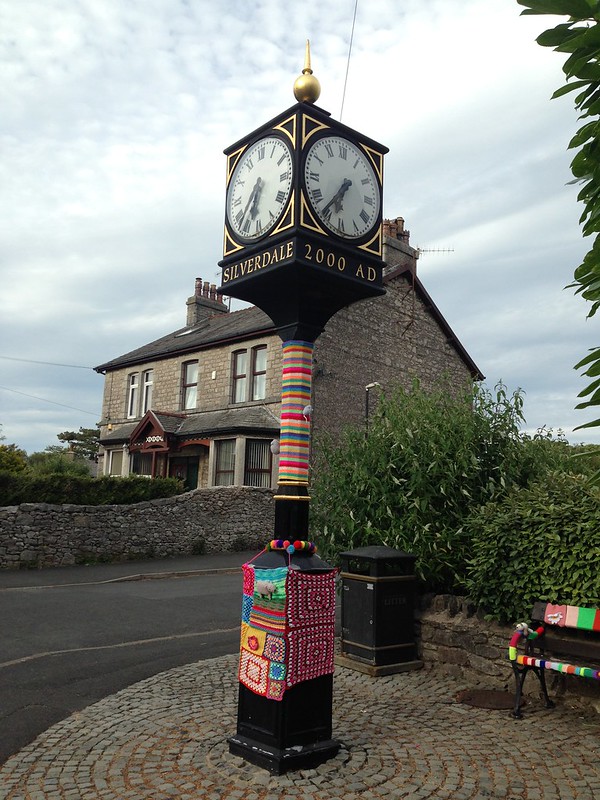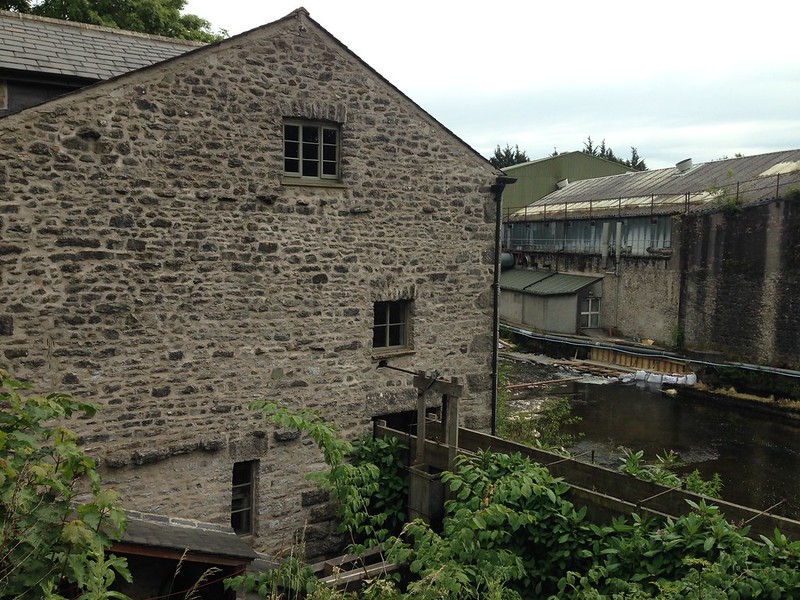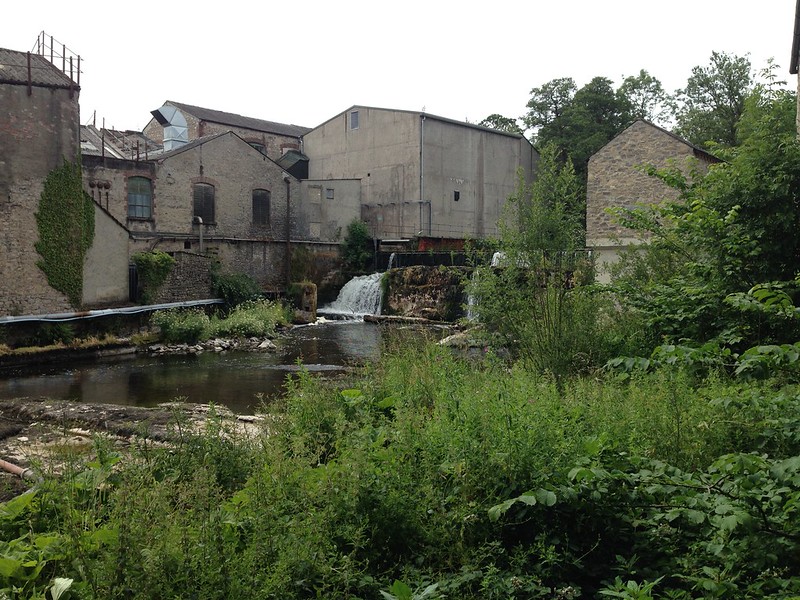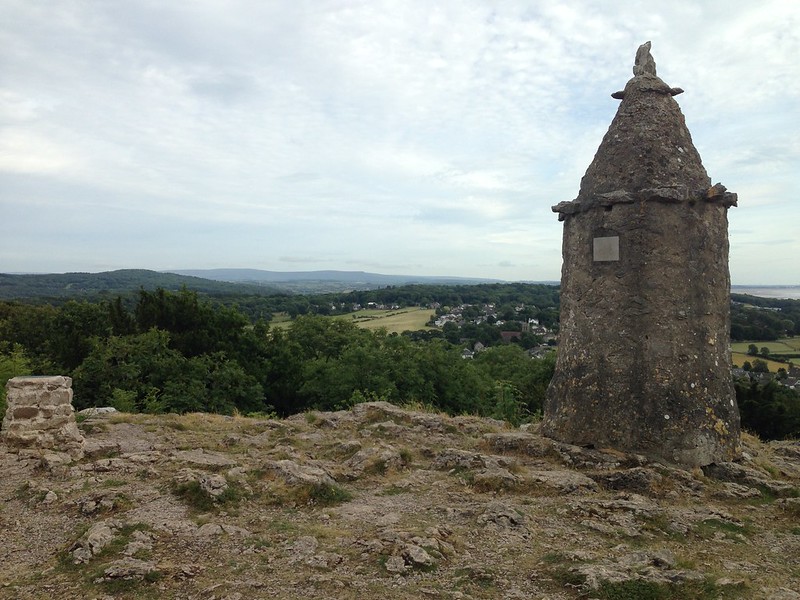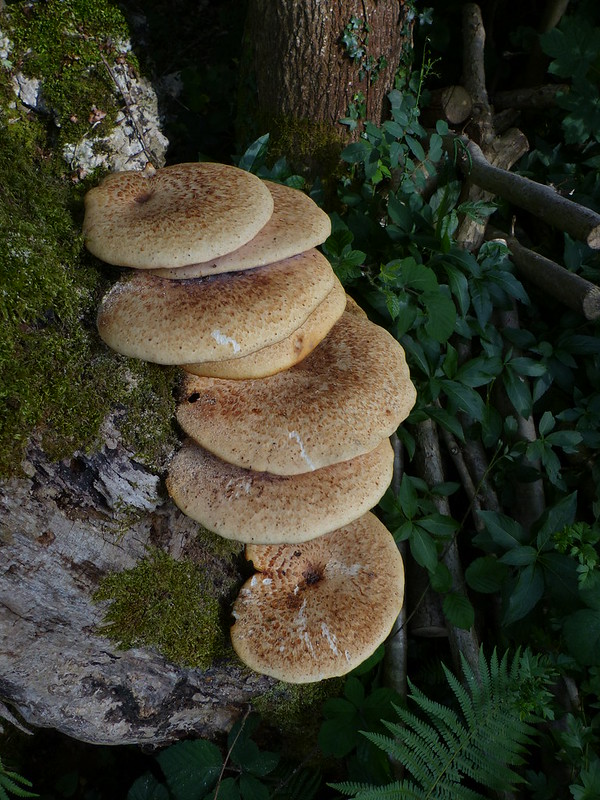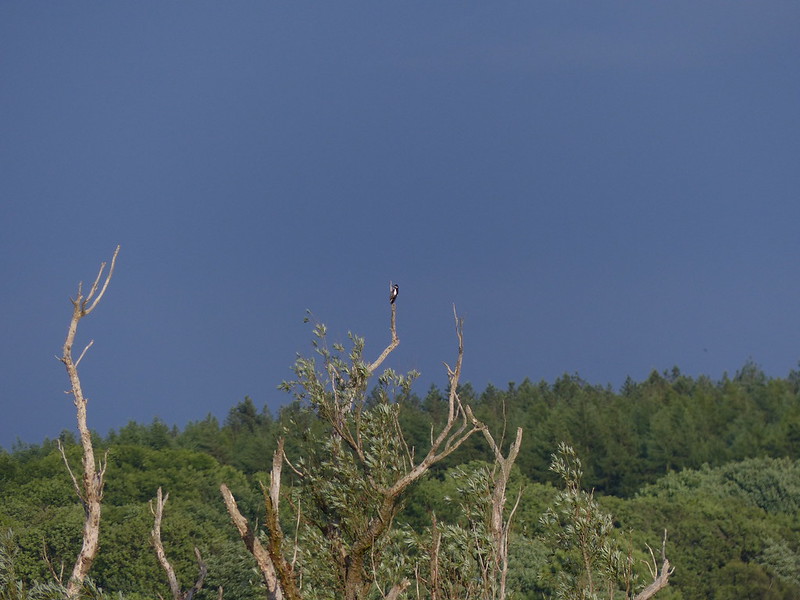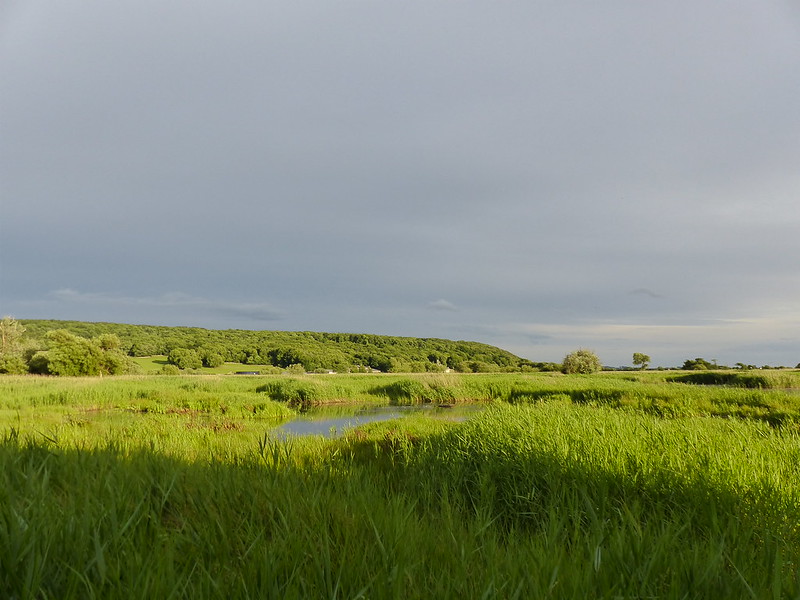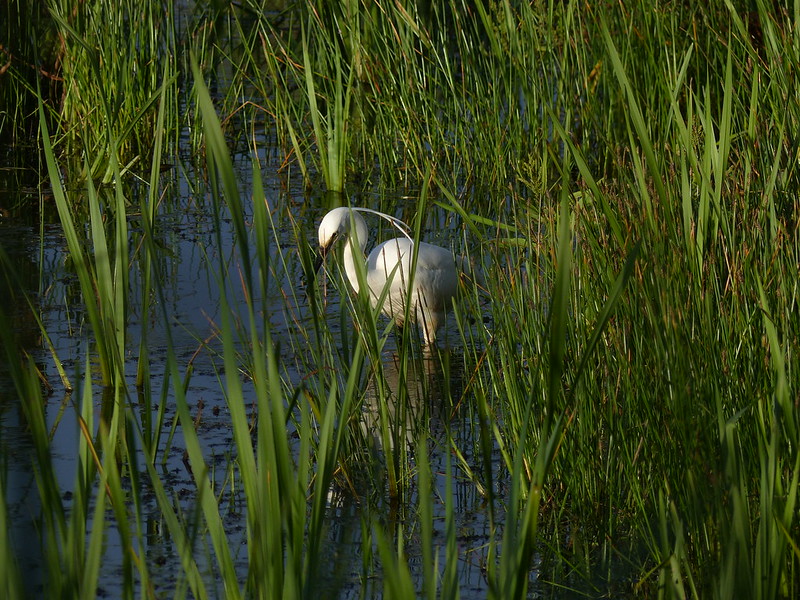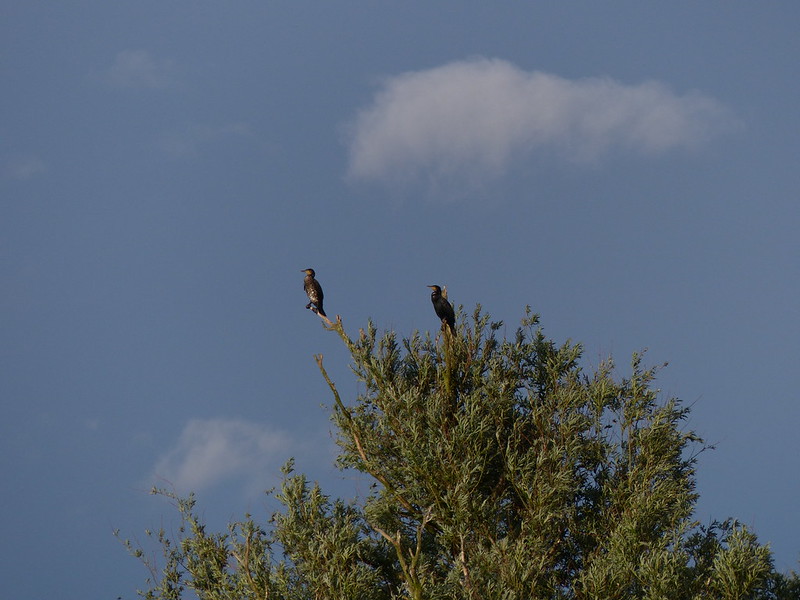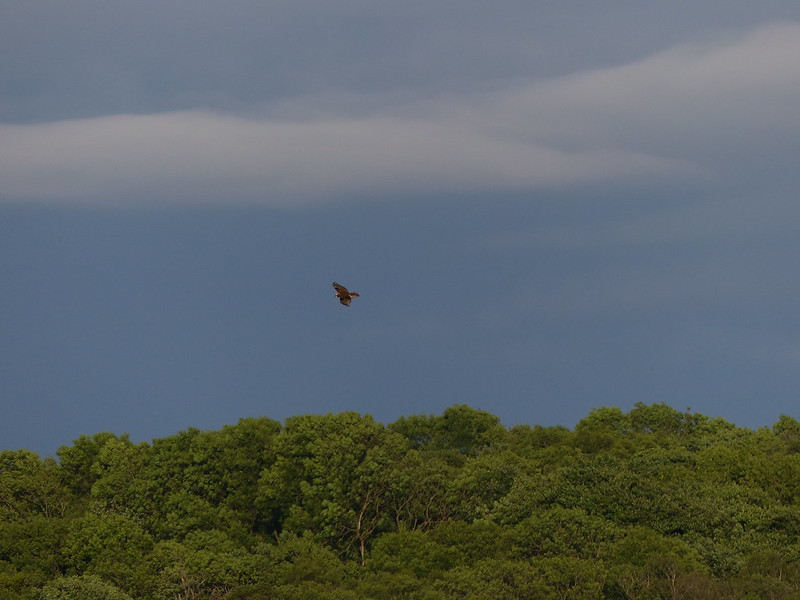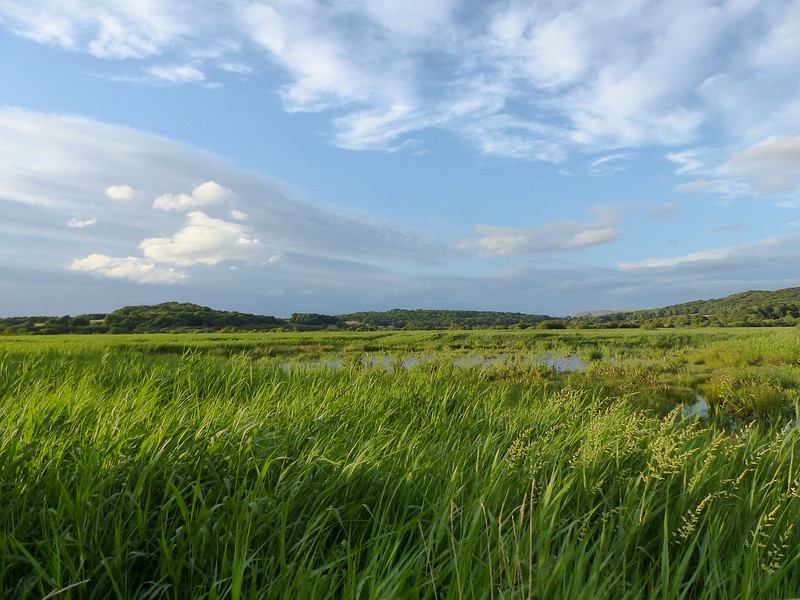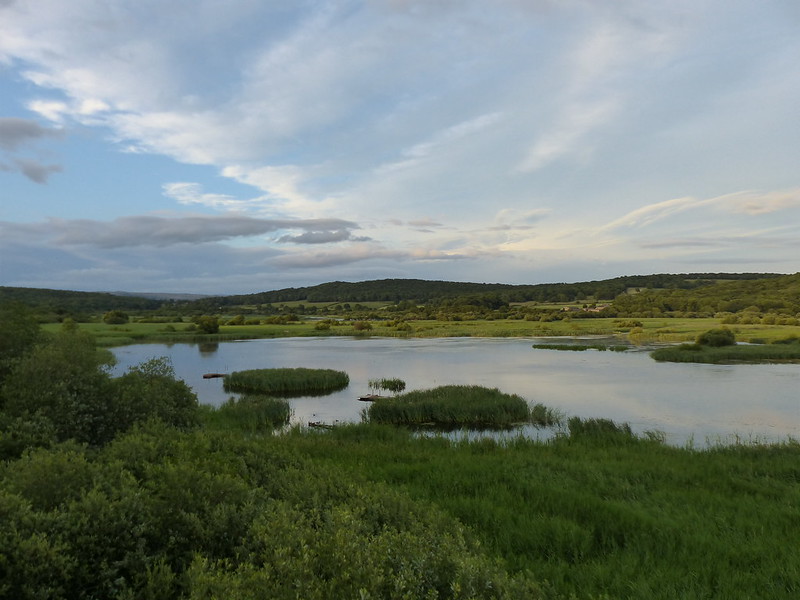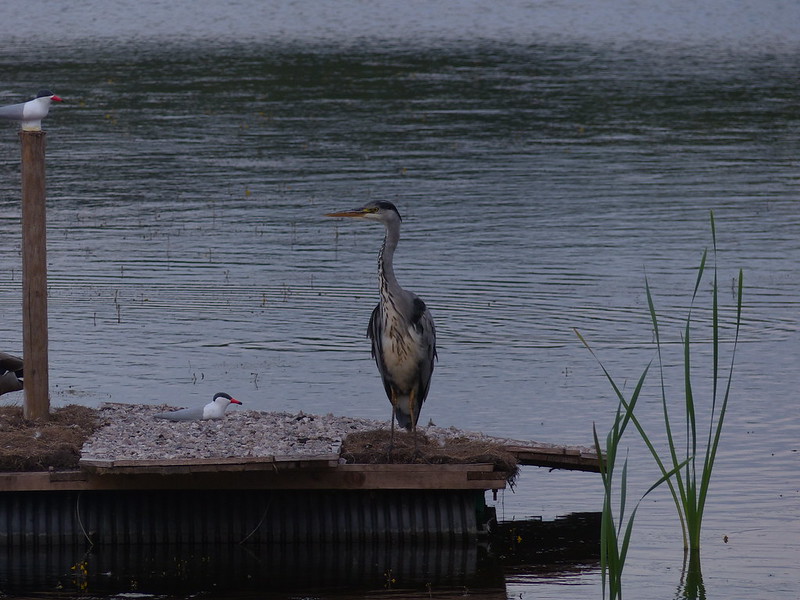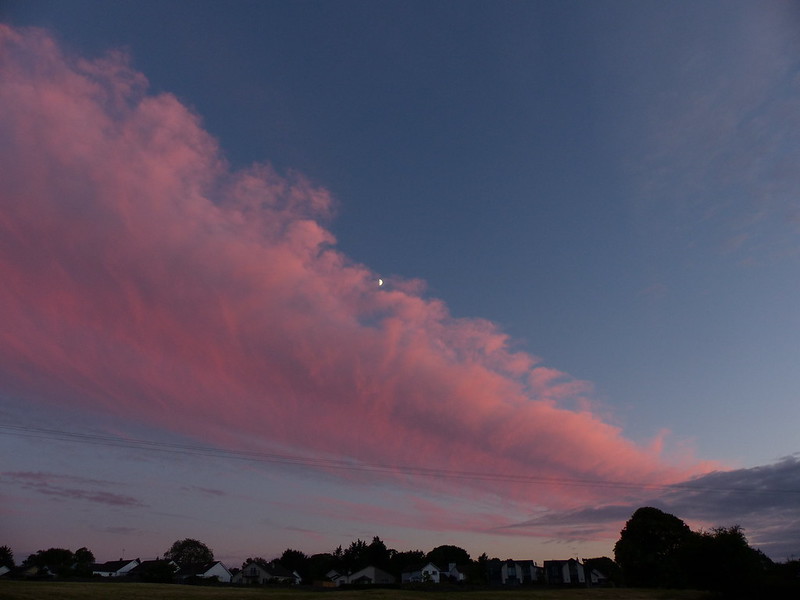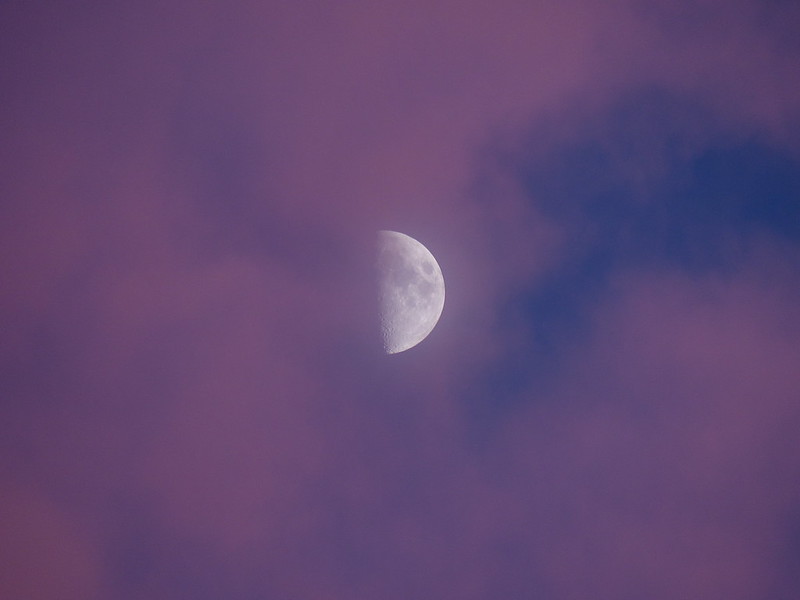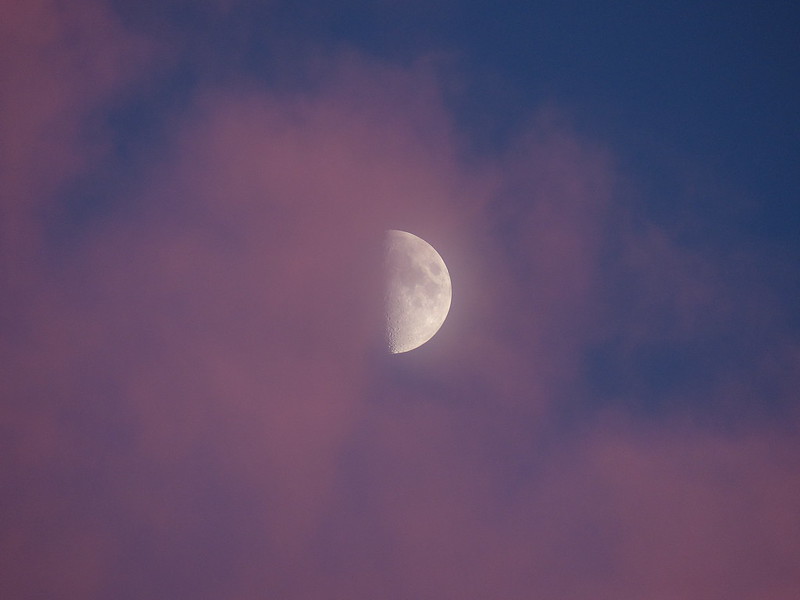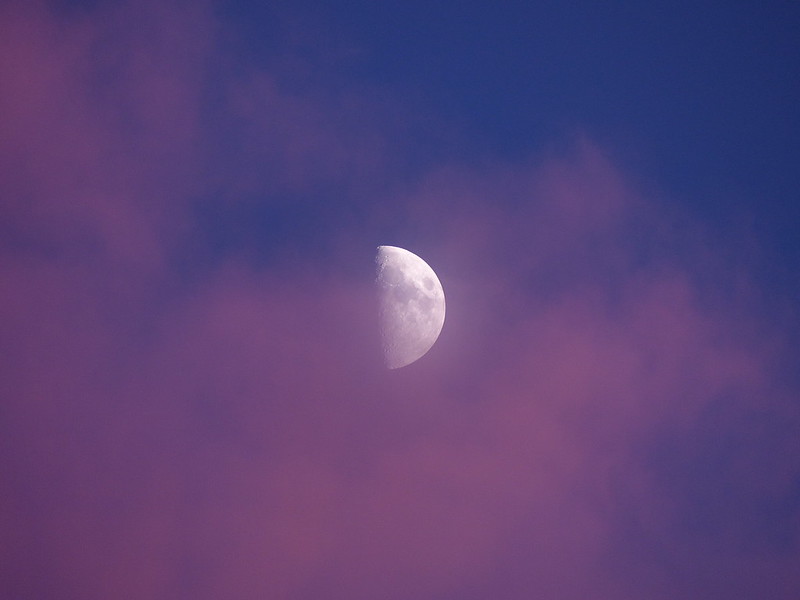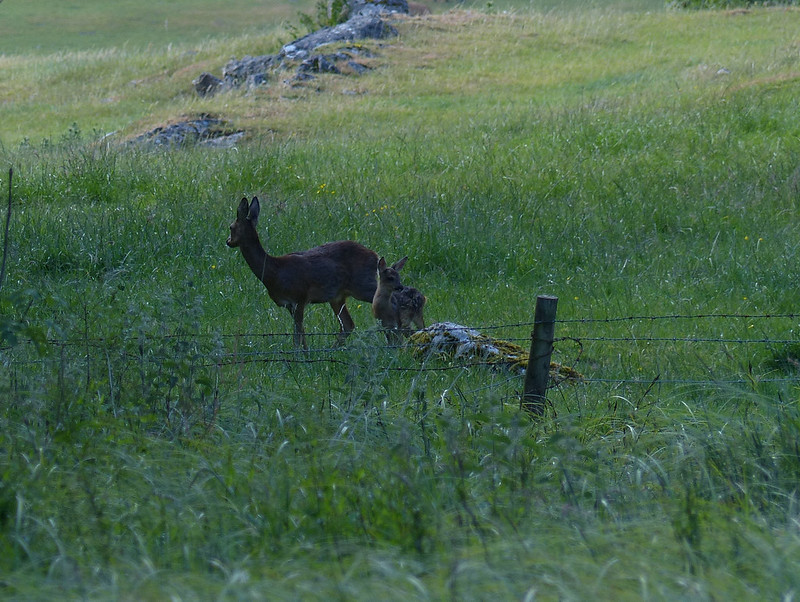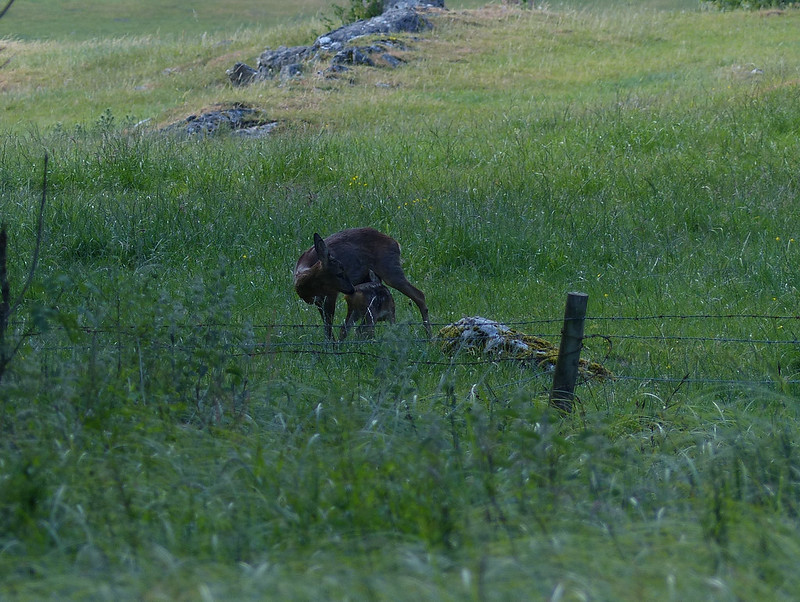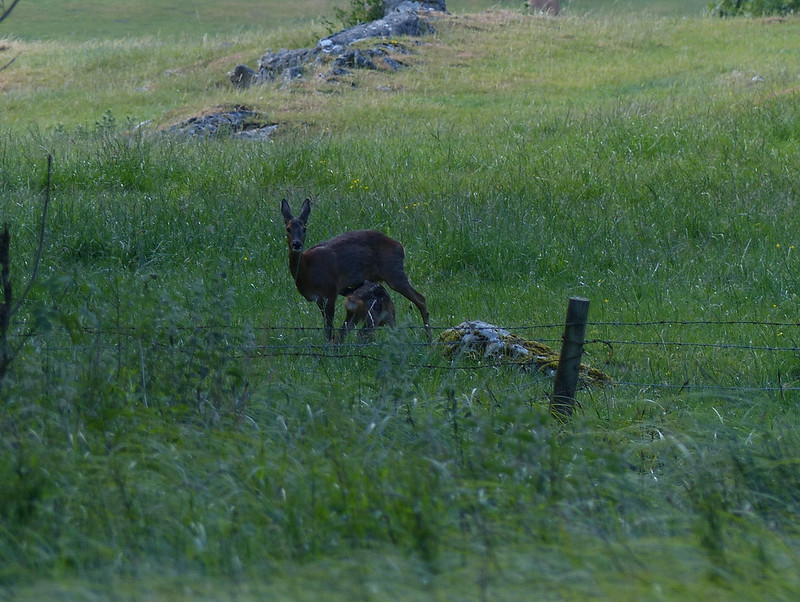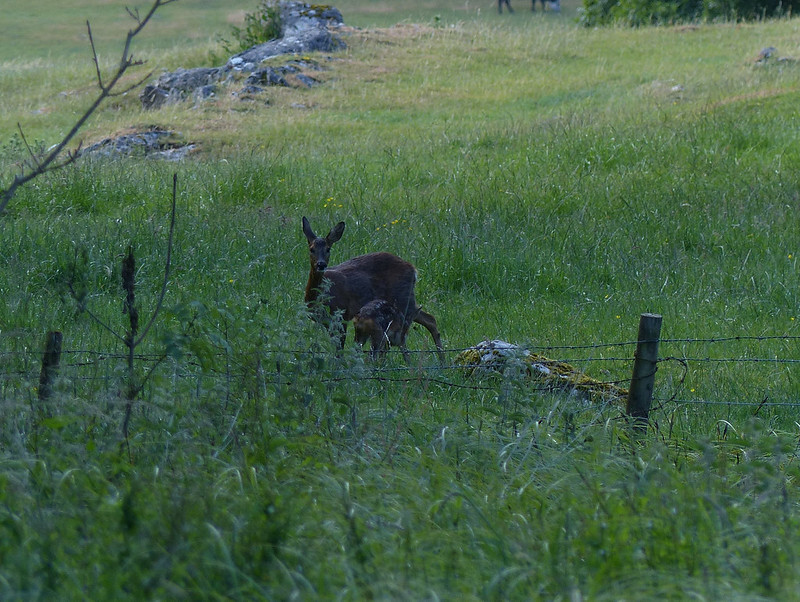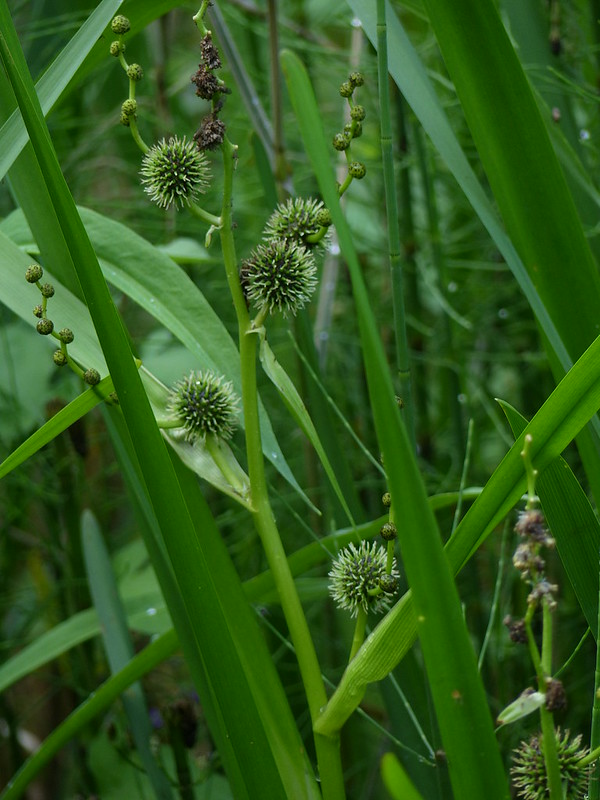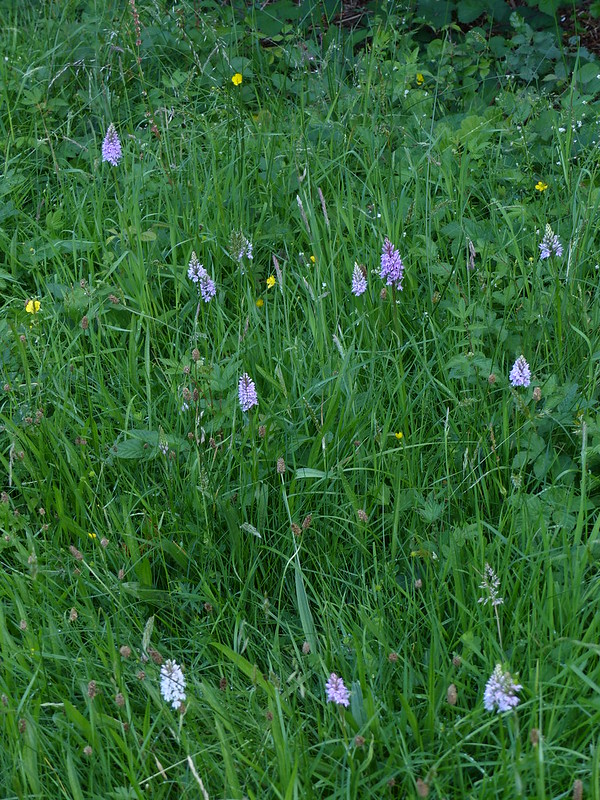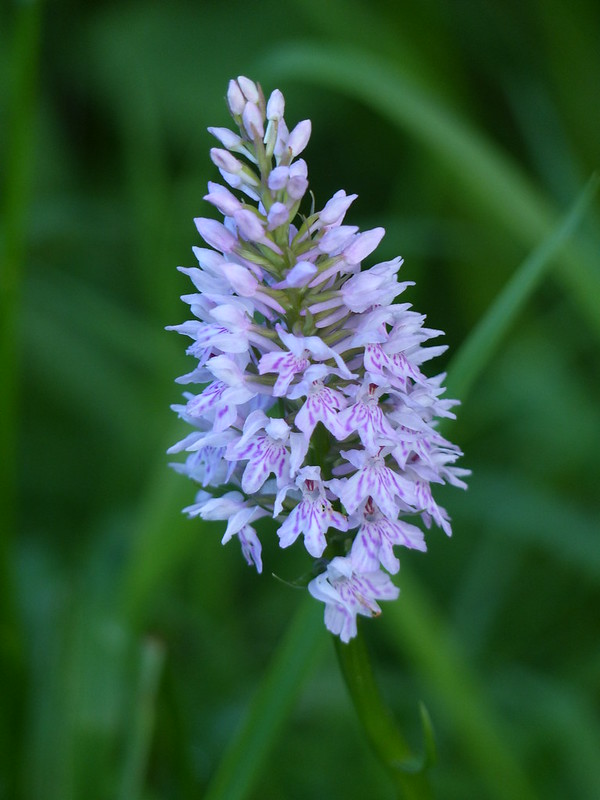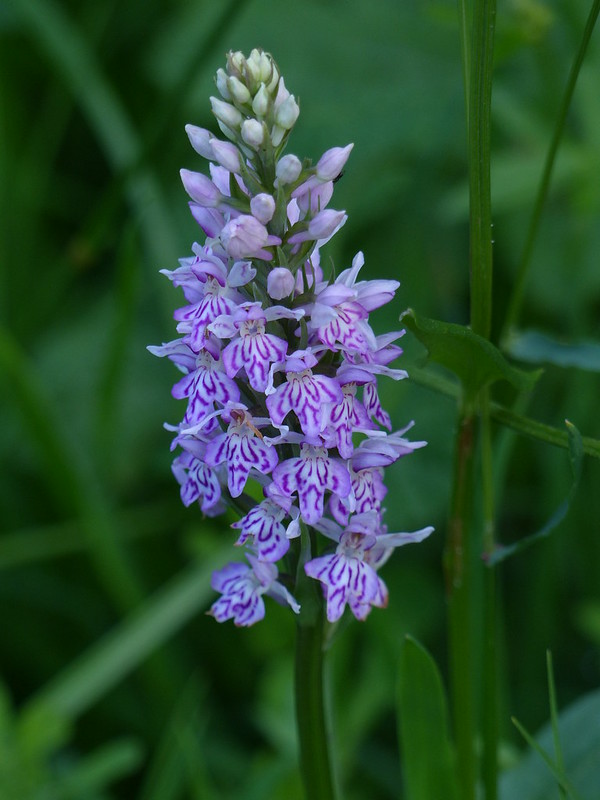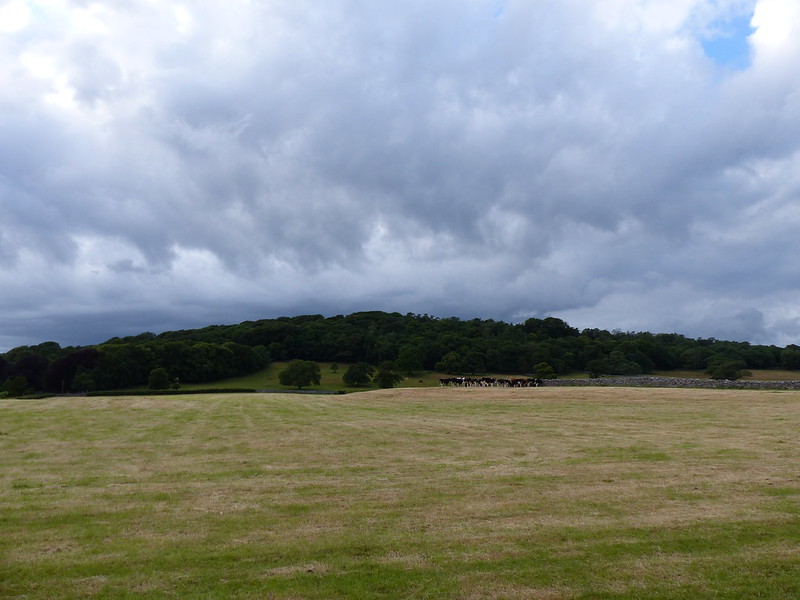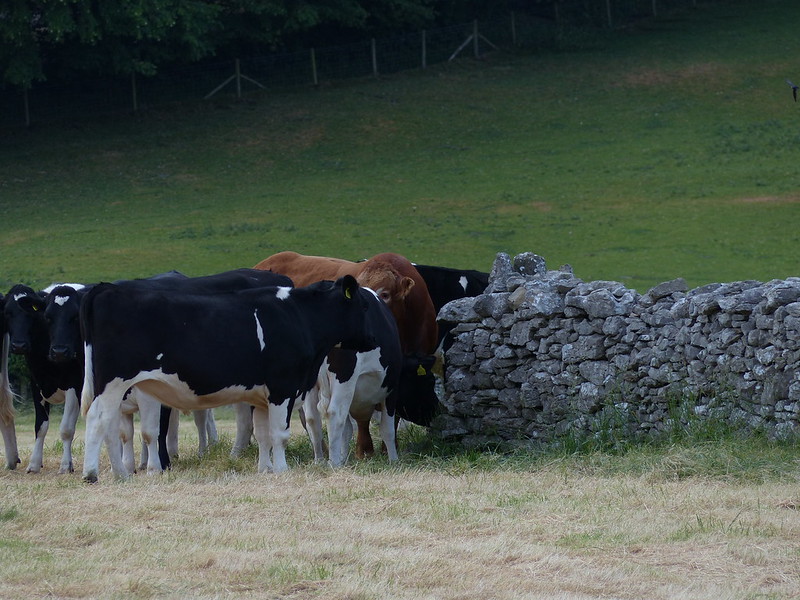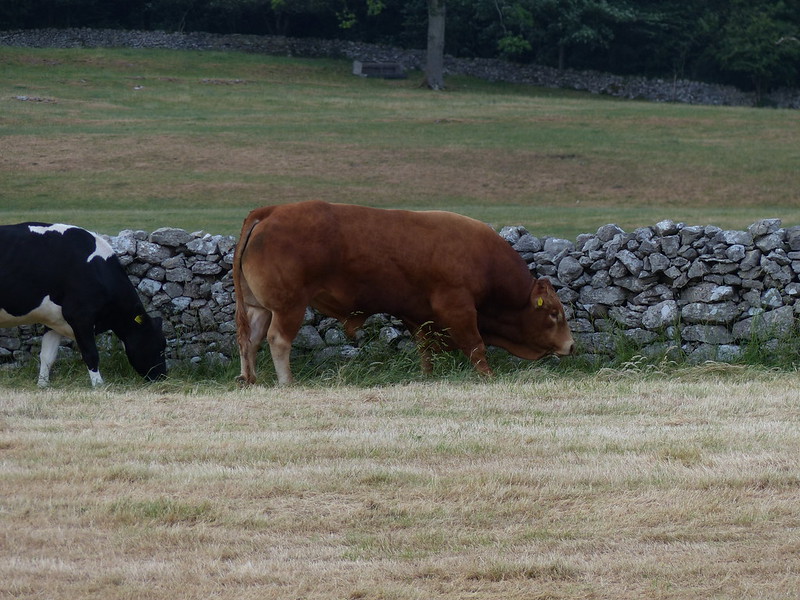Holy Trinity Church Howgill.
I was surprised by the plain white interior – English churches are usually so austere that they don’t stretch to plaster or paint. It was only built in 1839, but a board inside suggests that there’s been a chapel here for much longer…
Subsequent, lazy internet research suggests that this house…
…on the far side of Chapel Beck, was once itself the chapel.
I was intrigued by this bike, which was propped up by the church; it looked to be in working order, but the saddle, whilst it has springs, has no cover.
This was the evening after my Langdale swimming excursion. The forecast had been once again good, but in actuality there was a good deal more cloud about. In fact, as I drove along the M6 towards the Howgill Fells I was a bit taken aback to see that the sky behind them was absolutely black – it looked as though an almighty thunderstorm was on the way and I didn’t even have a coat with me. Fortunately, by the time I’d parked in the tiny hamlet of Howgill, the skies had cleared considerably.
The Howgill Fells.
If you look at the map of my route at the bottom you’ll notice an apparent loop at one point, which is where I made a navigational error. I crossed the parched field above when I shouldn’t have, leading me to a gate with a sign on its far side saying ‘Private No Access’. This wouldn’t have been so terrible if I hadn’t been attracting the attentions of a particularly persistent Buzzard. The first time I was strafed by an angry Buzzard was in 2010, so I managed 44 years without ever upsetting any Buzzards, but these days I almost expect to be harassed by them when I’m out, it happens so often. I’m beginning to feel paranoid about it. This one adopted different tactics to any of the others – swooping toward me several times in three separate places, and after the first relatively mild shot across the bows, which was preceded by a few warning kew, kews, it came silently and, on one occasion, from behind. The last time, I could see it way across the valley…
…and then watched it come back on a bee-line straight towards me, at eye-level, which was a bit disconcerting. I suppose the fact that this has happened several times without any injuries on my part should be reassuring, but, in the moment, that didn’t occur to me, and I took to my heels, which I’m sure was all very amusing for anyone who saw me from the nearby farmhouse of Castley.
Anyway, this…
…is the path I should have been on.
This…
…is where Bram Rigg Beck and Swarth Greaves Beck flow into Chapel Beck which ultimately flows into The Lune. Chapel Beck is also fed by Calf Beck, Long Rigg Beck, Stranger Gill, Crooked Ashmere Gills and Long Rigg Gill all of which ultimately feed the Lune. You can perhaps tell from the photo that I was quite a way above Chapel Beck, but sadly the path forsook all of that hard-earned height and dropped down to cross the stream, and, even more sadly, I went with it….
…to climb White Fell, that long shoulder stretching away on the right of the photo.
It was a long, hot and sticky climb, enlivened by more views of a Buzzard, who, this time, was more interested in hunting prey than in persecuting me.
Arant Haw. The right hand ridge is my descent route.
Looking back down my ascent route to the Lune valley from near the top.
Bram Rigg and Arrant Haw pano.
Calf Top.
The small tarn close to the summit of Calf Top was completely dried out.
Looking back to Calf Top from Bram Rigg Top.
The Three Peaks from Calders.
Arant Haw from Calders. Black Combe on the right-hand horizon, Arnside Knott and the Kent Estuary in the centre. The lake in the distance is Killington Lake.
Clouds massed again and it got a bit gloomy, but the Lakeland Fells, although quite distant, seemed very sharp and individual hills, like the Langdale Pikes and the Scafells and Great Gable, stood out clearly…
The Eastern Fells are not quite so distinctive…
It was getting quite late now, but the sun had dropped below the level of the cloud and the views from Arant Haws and, better yet, from the ridge off Arant Haws were stunning.
Tebay Gorge and Howgill Fells.
Howgill Fells.
Arant Haw.
Lune Valley, Morecambe Bay, Arnside Knott, Kent Estuary, Killington Lake, Black Combe.
Tebay Gorge.


Nine miles (ish) and a fair bit of up and down, Not bad for a Thursday evening.






